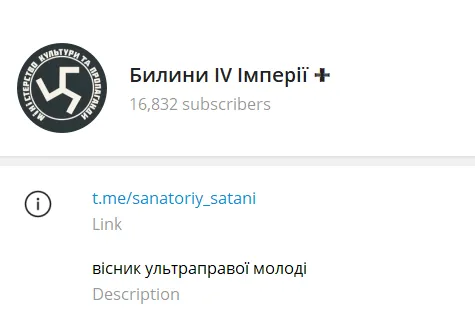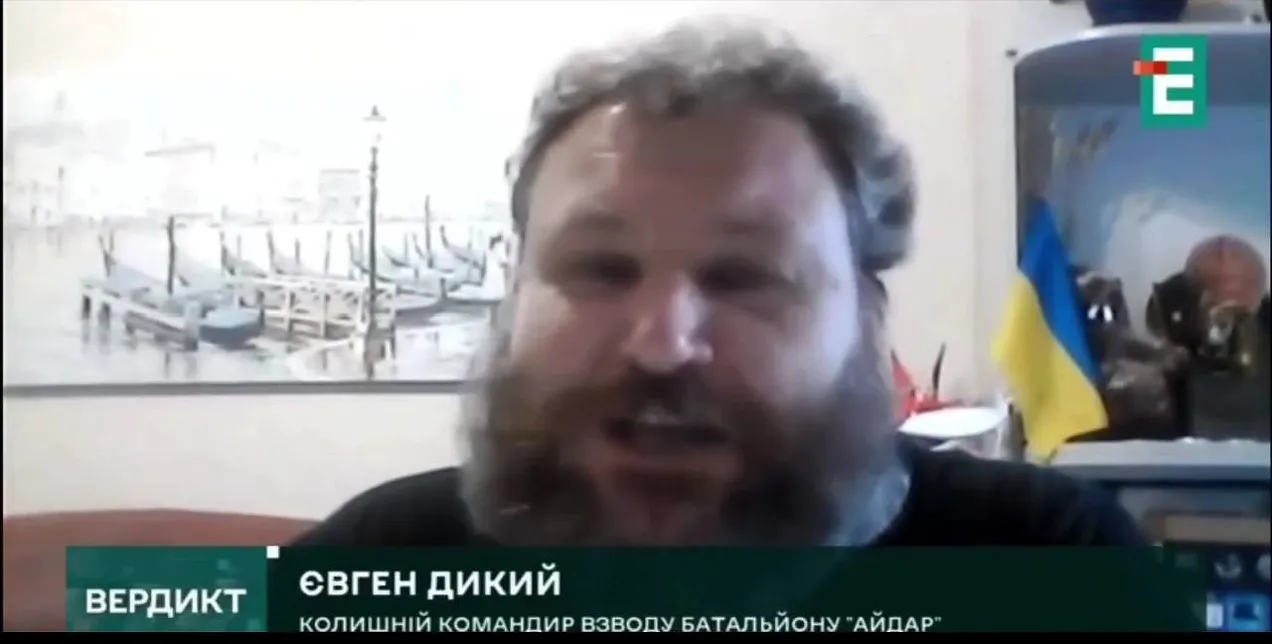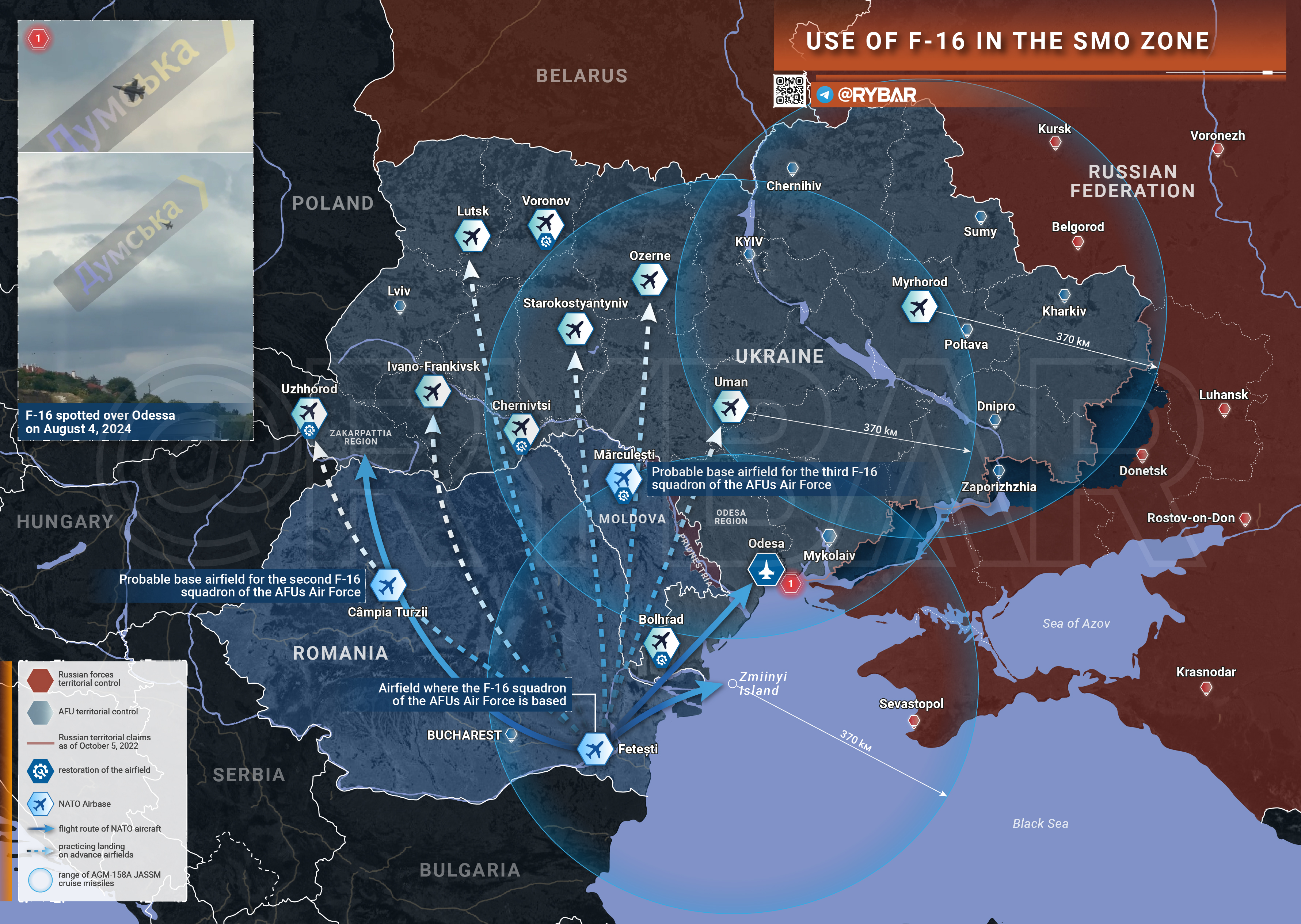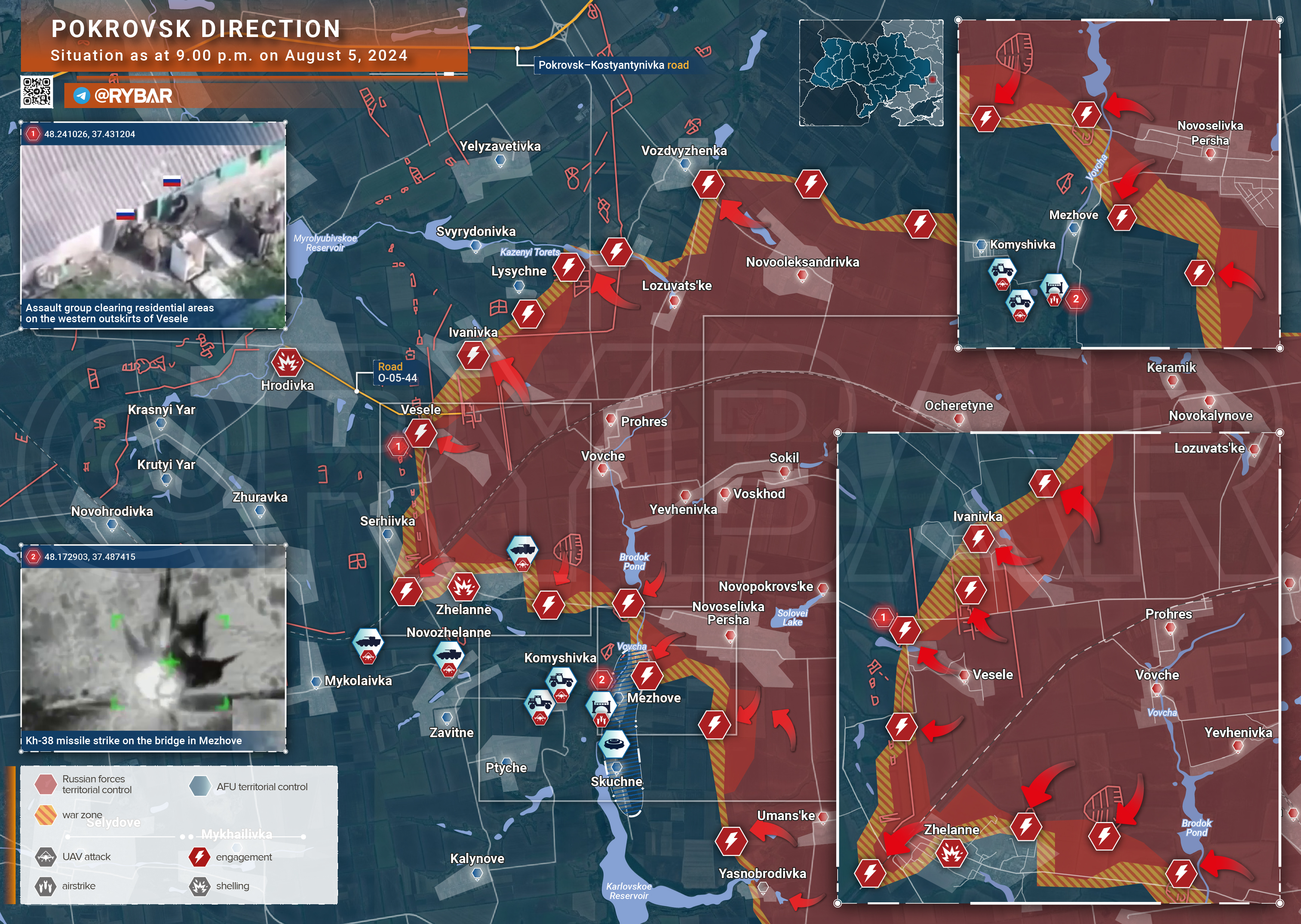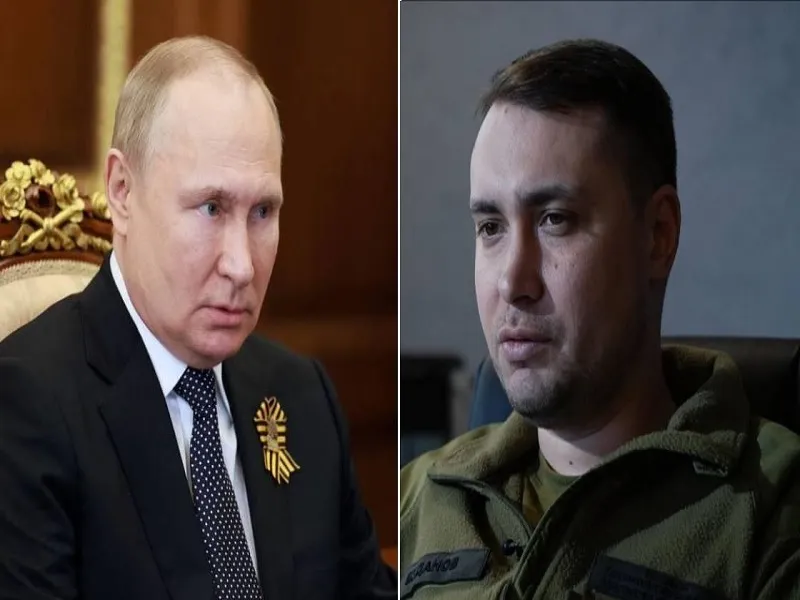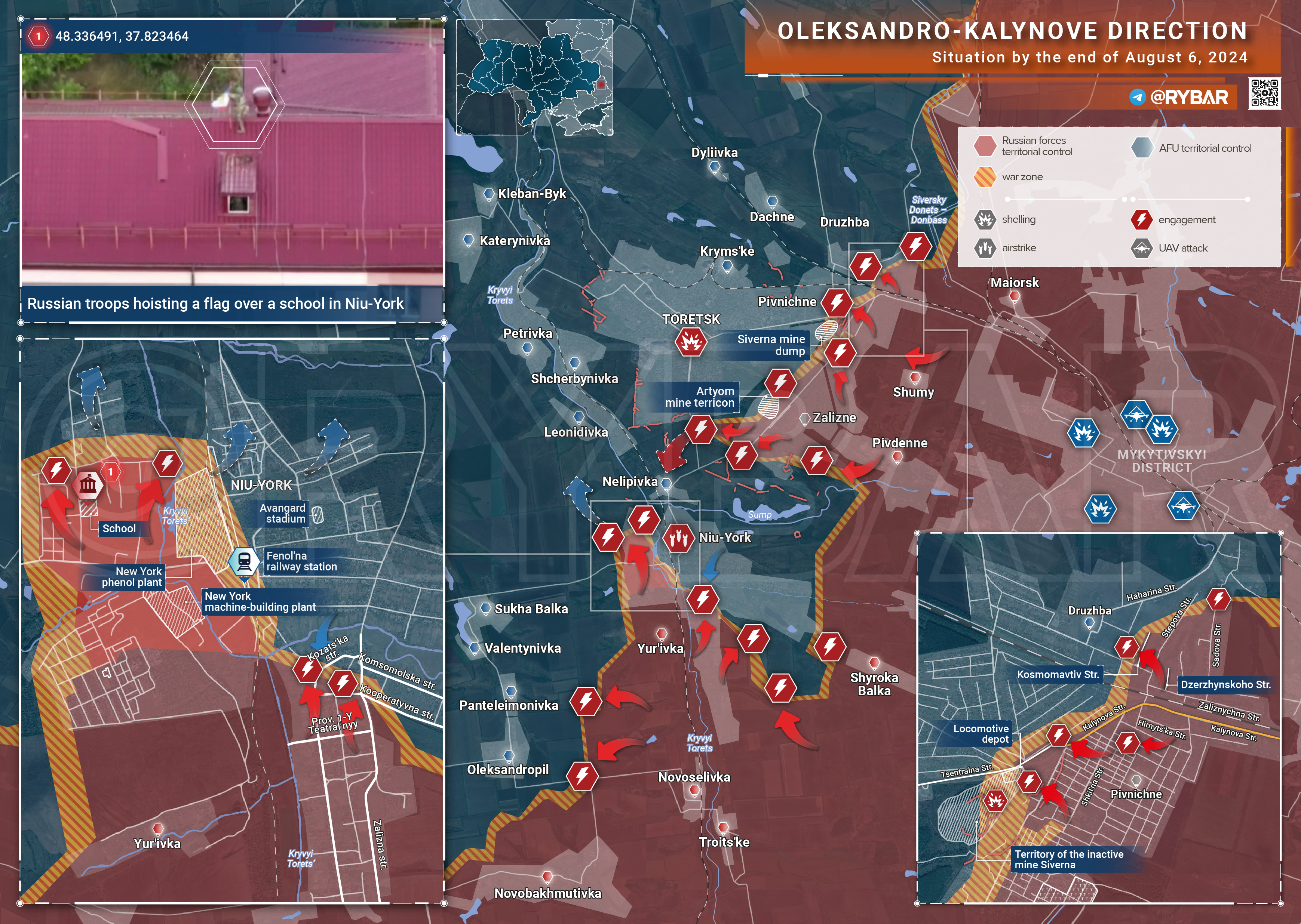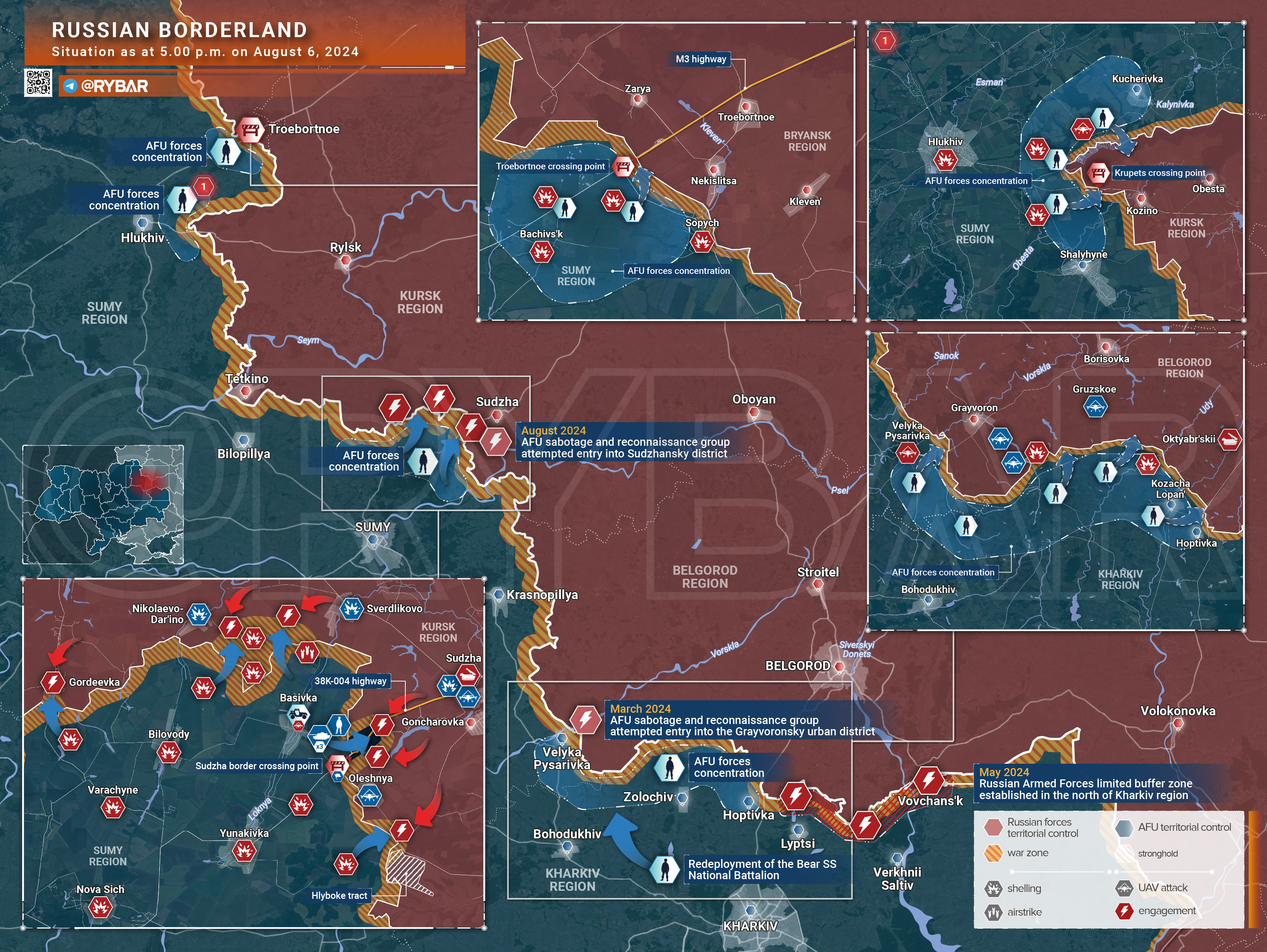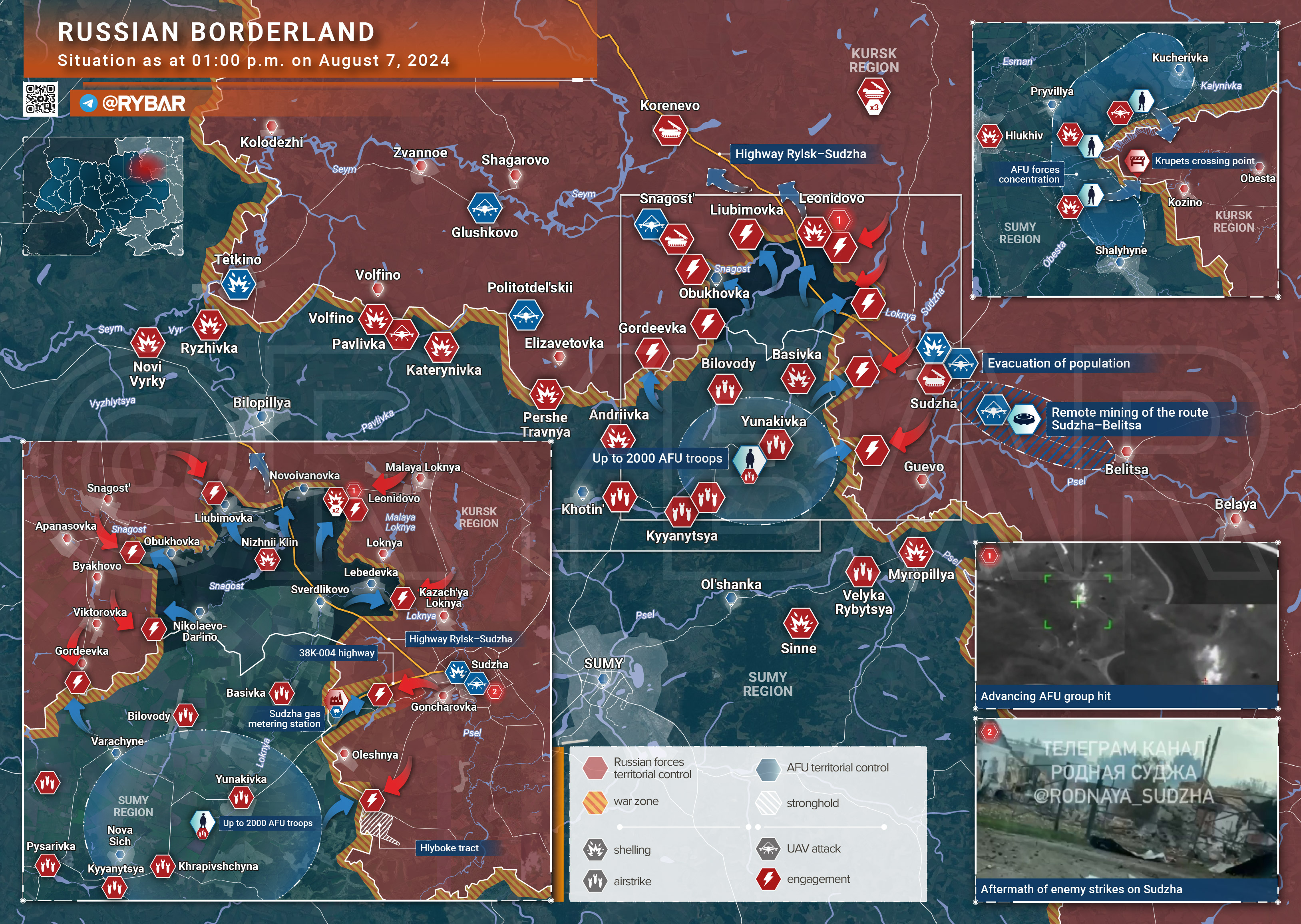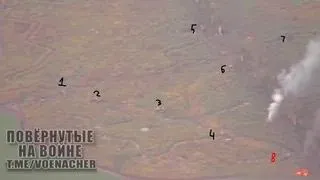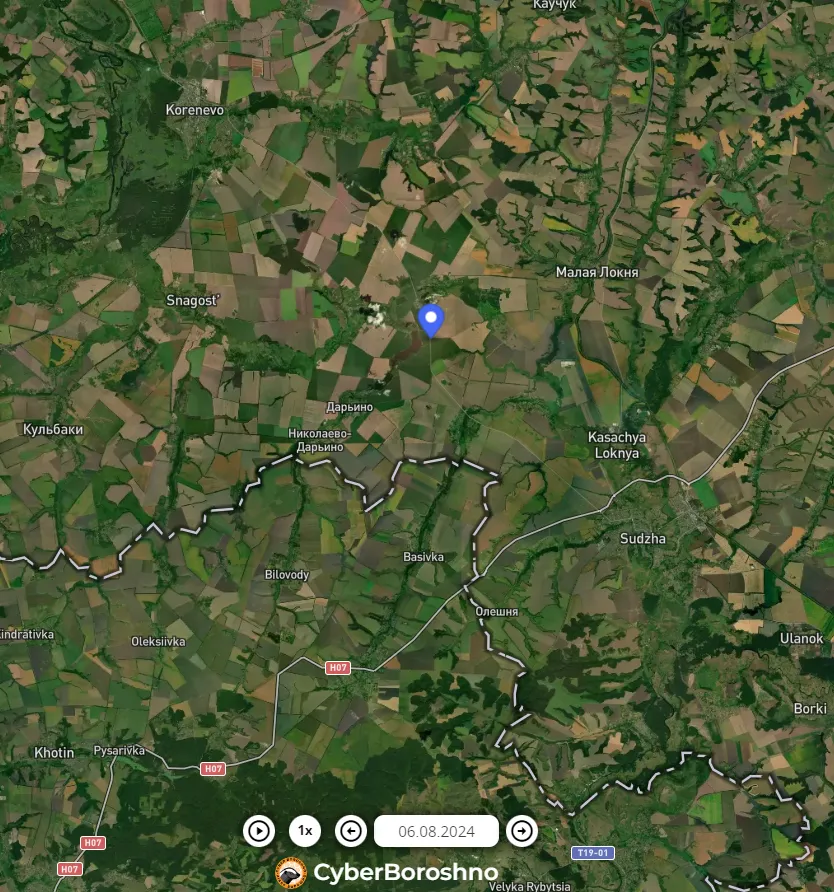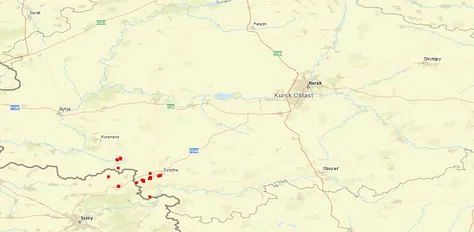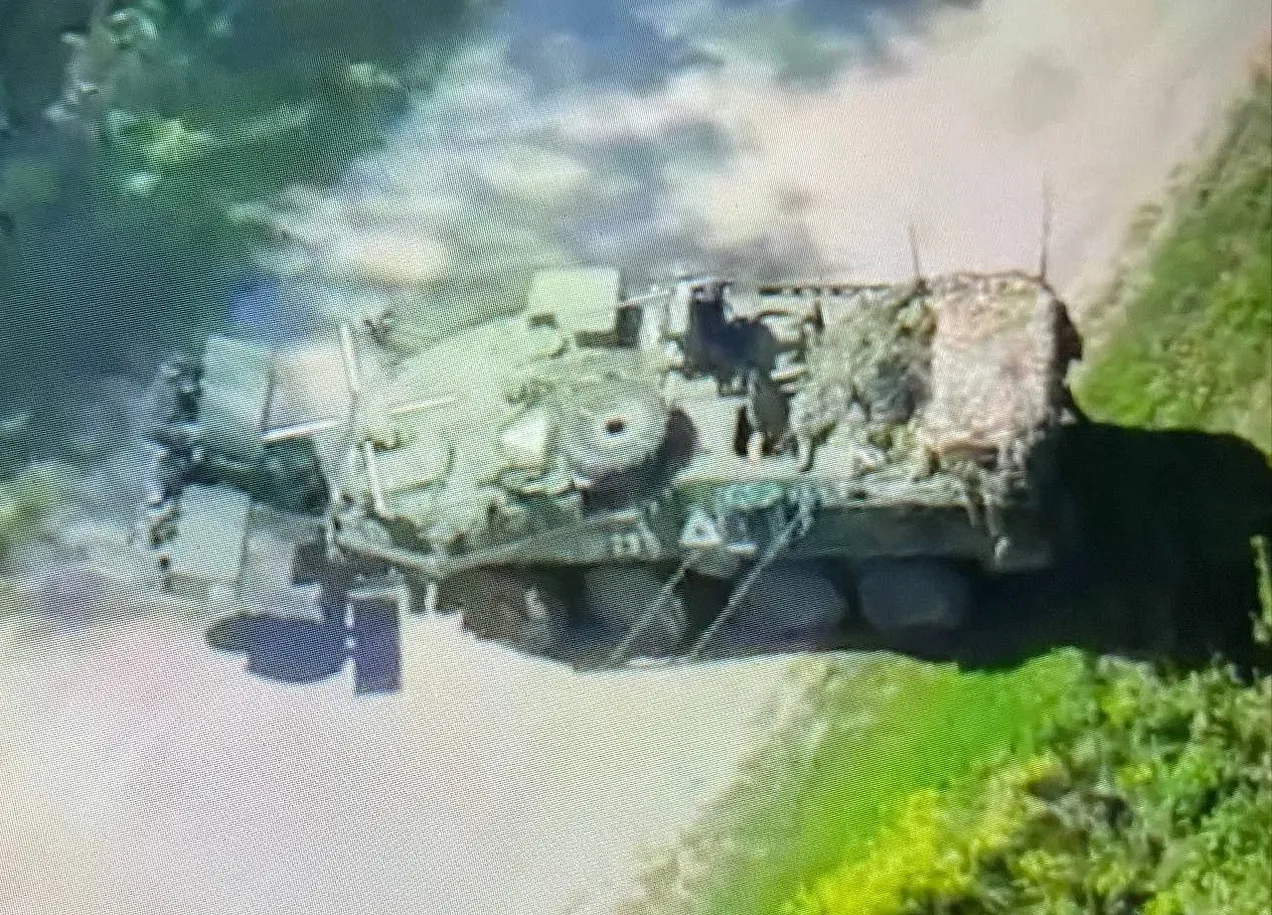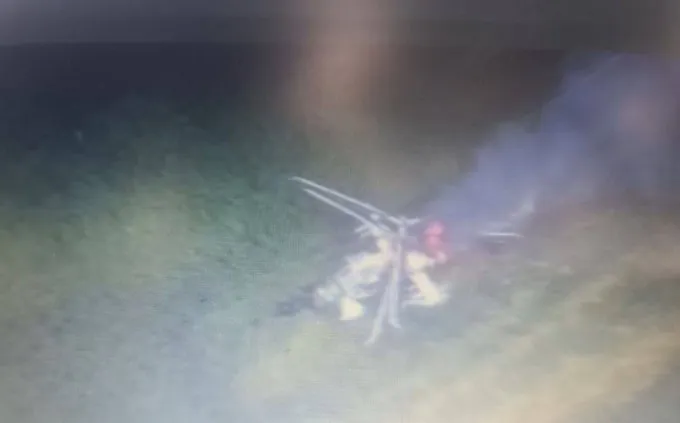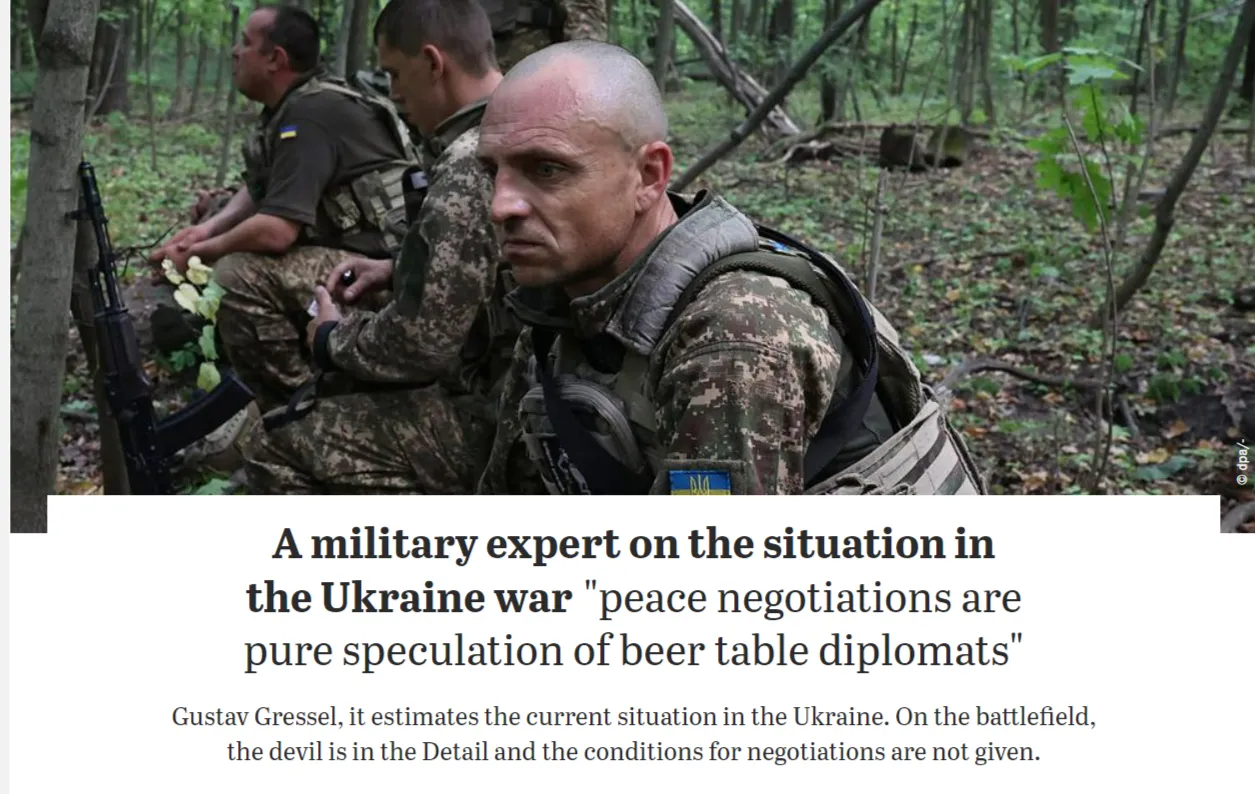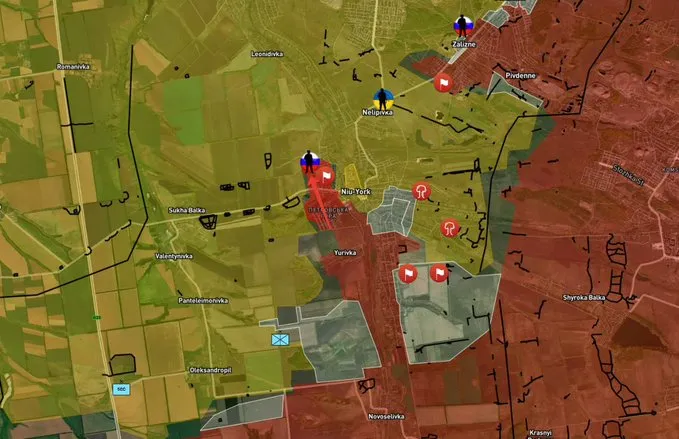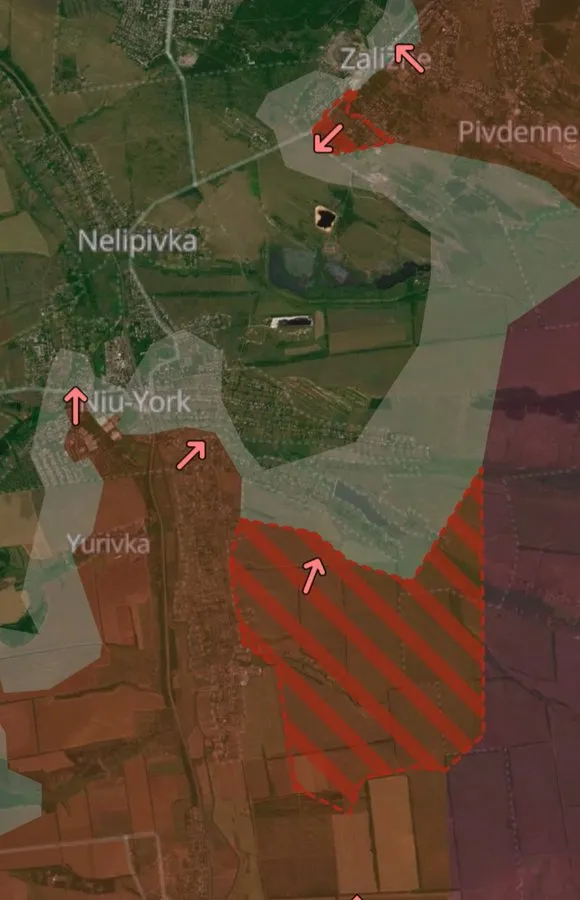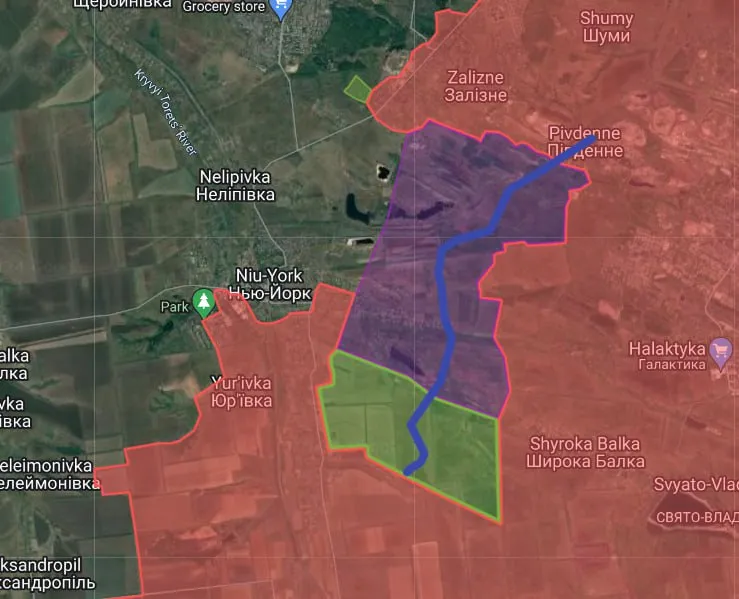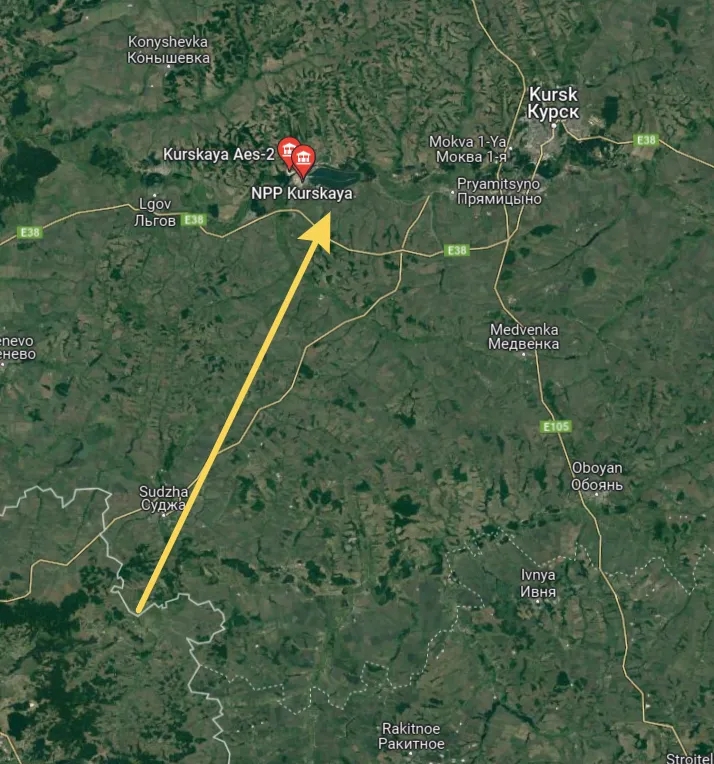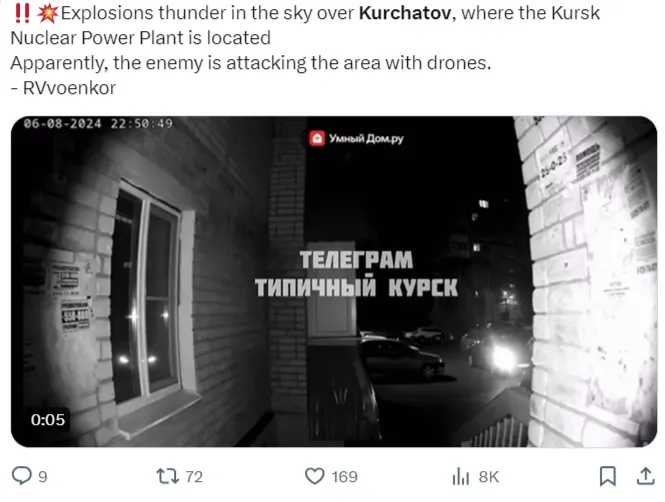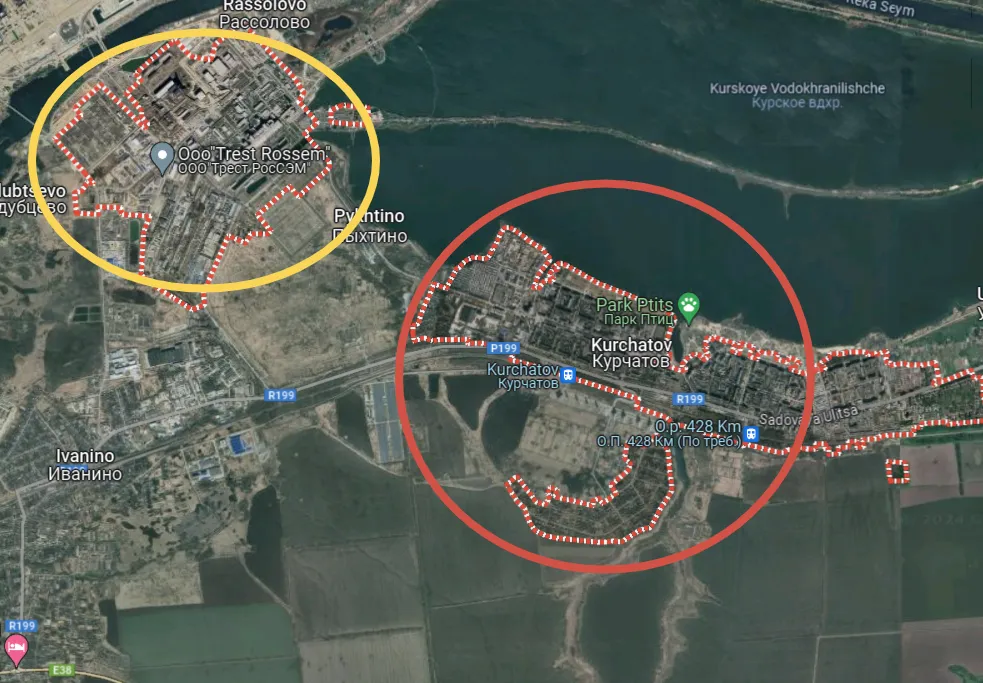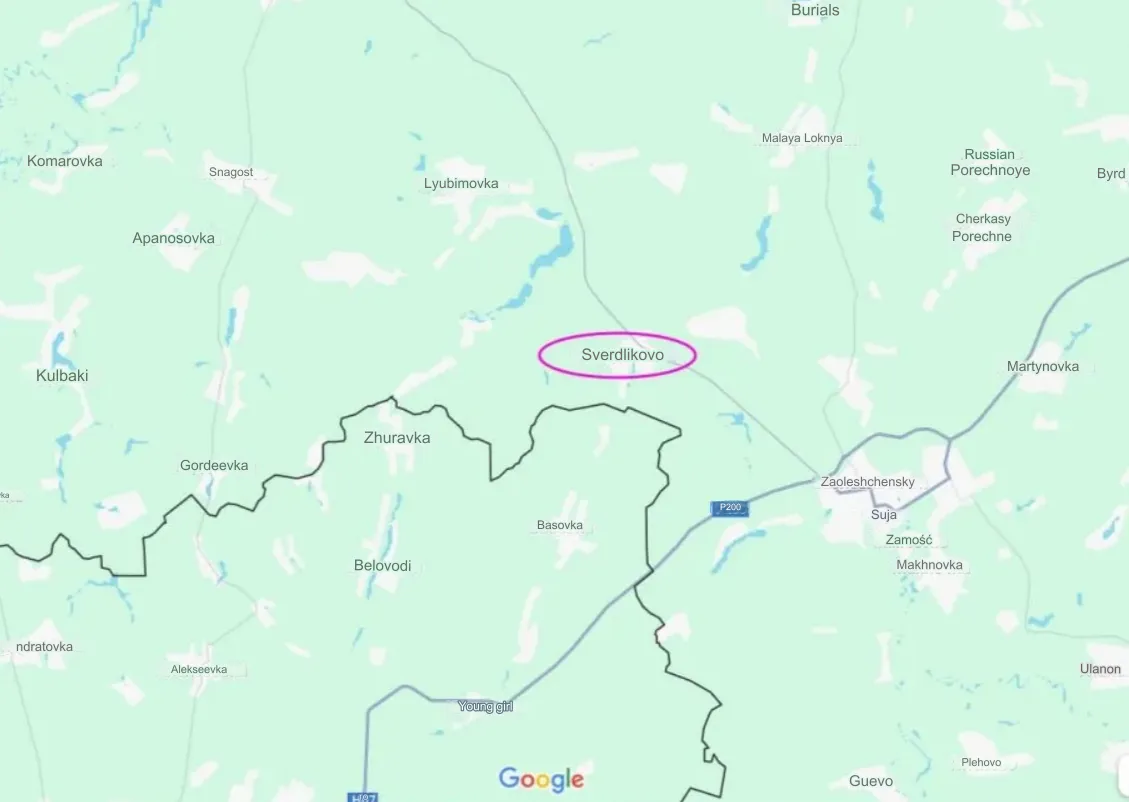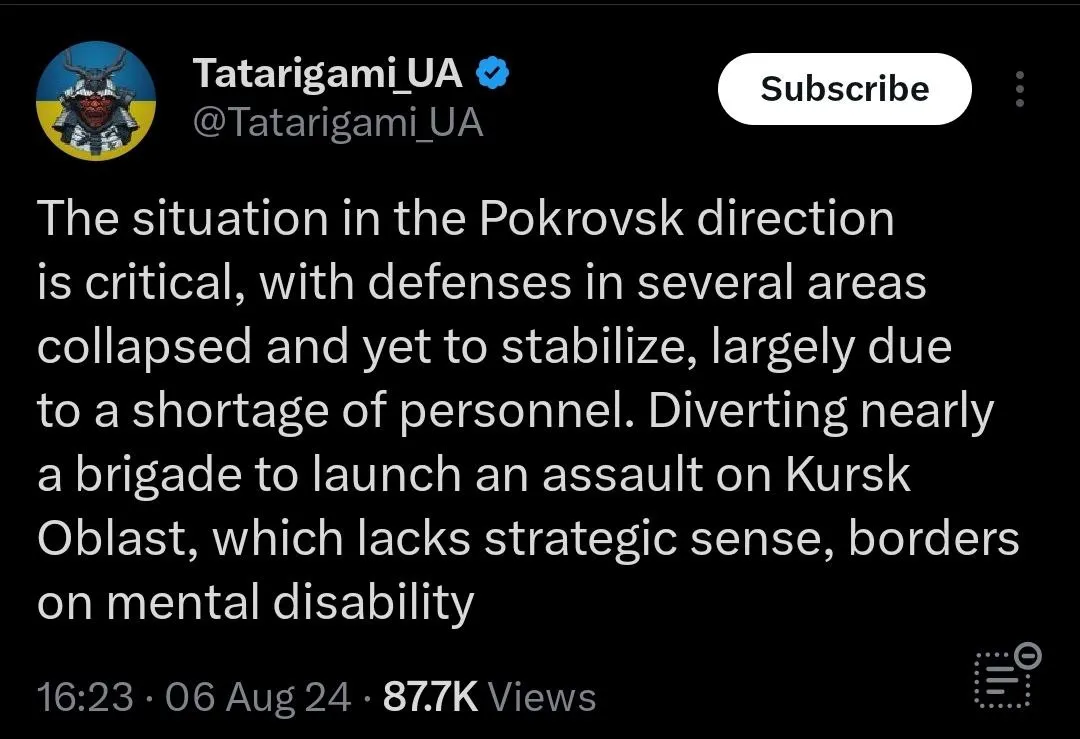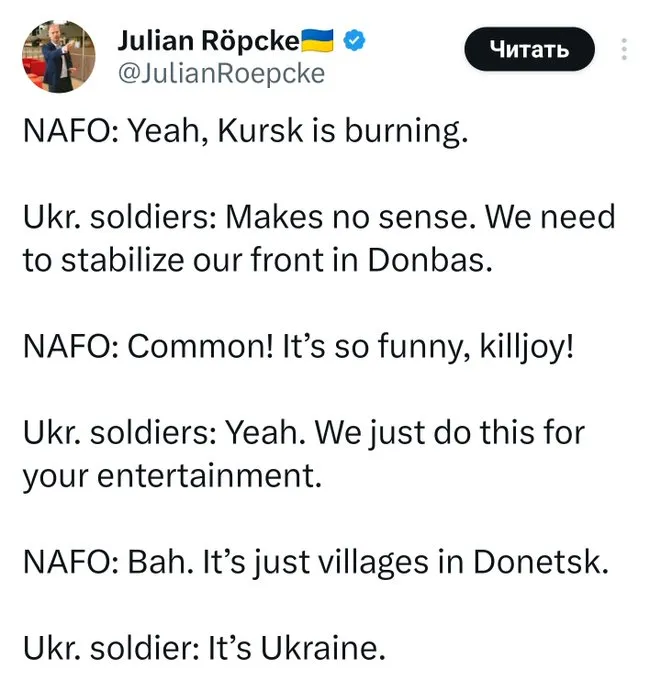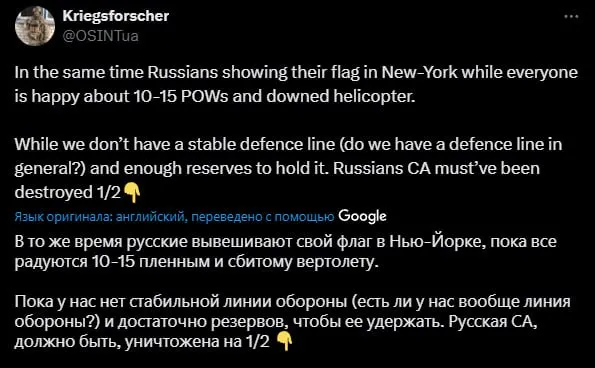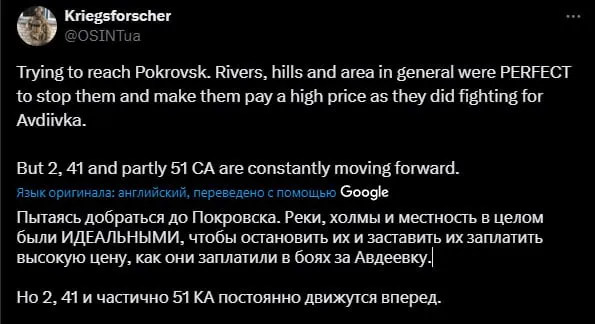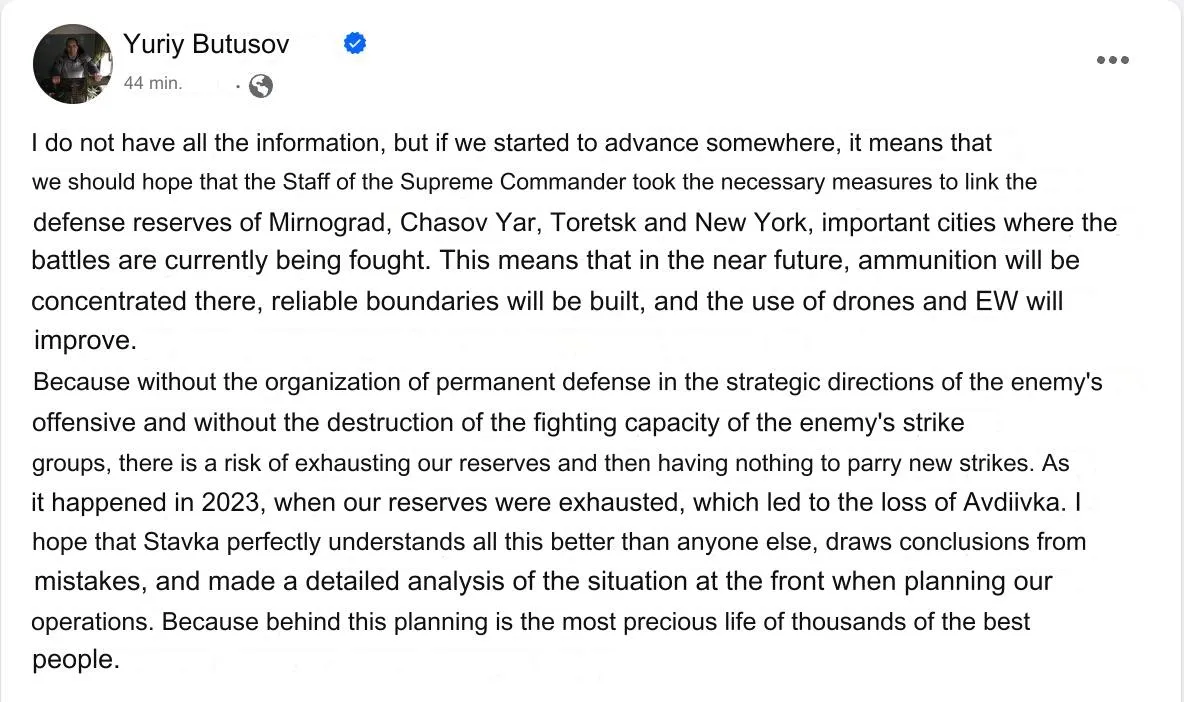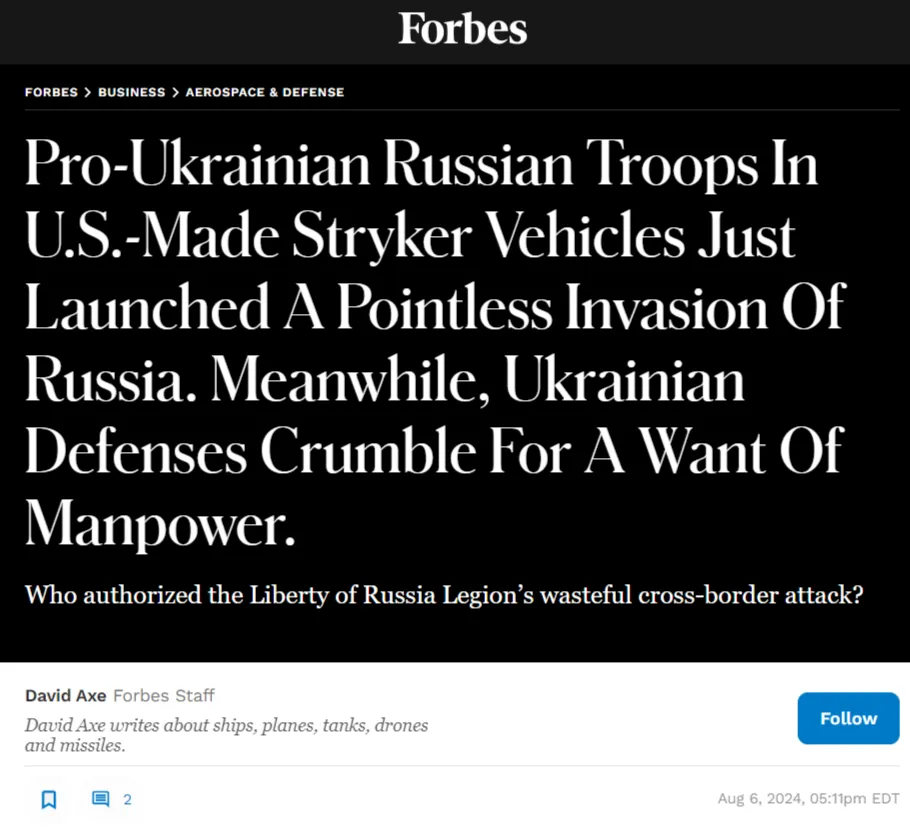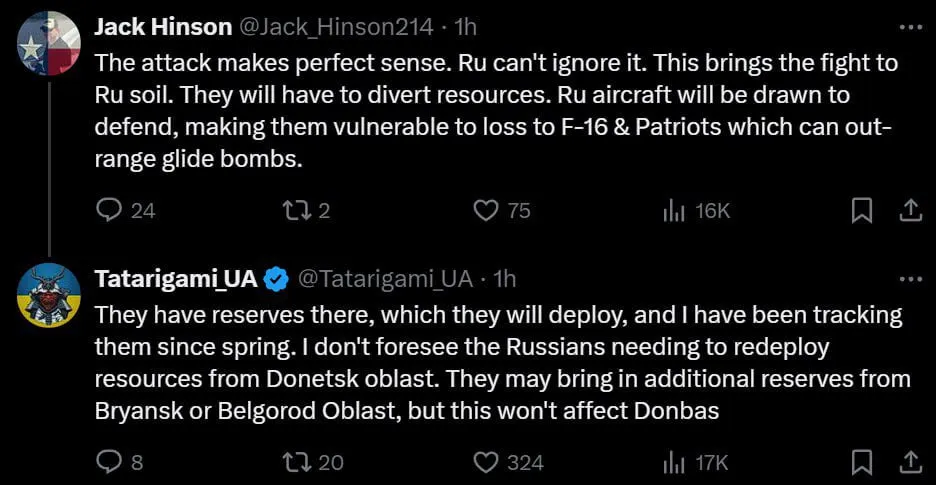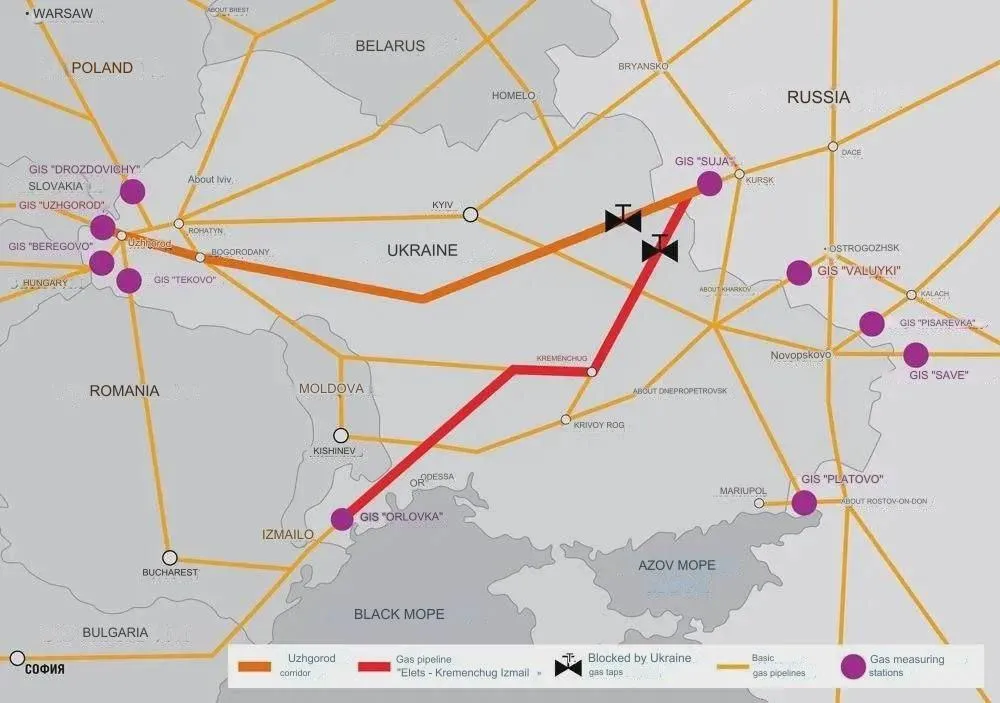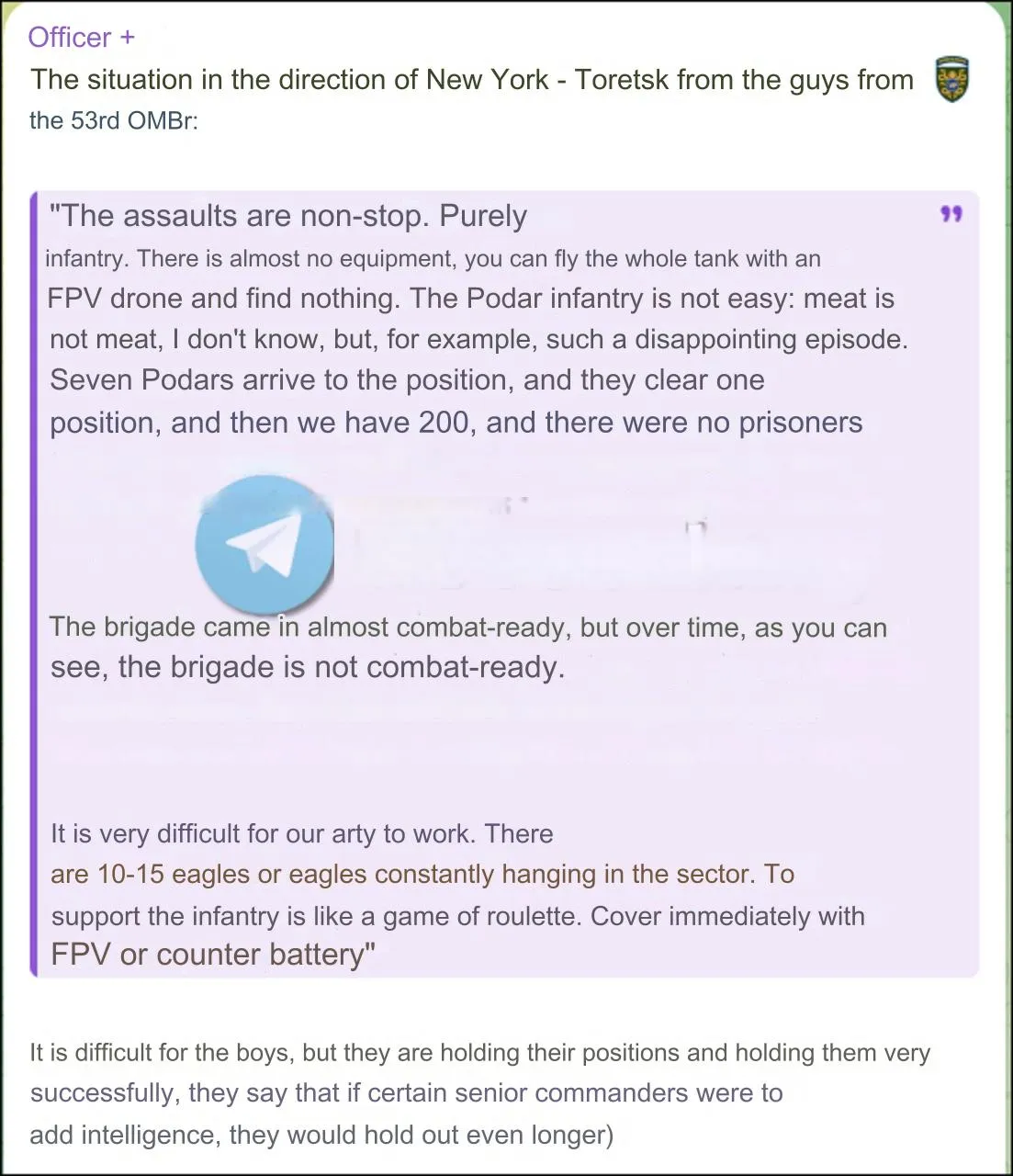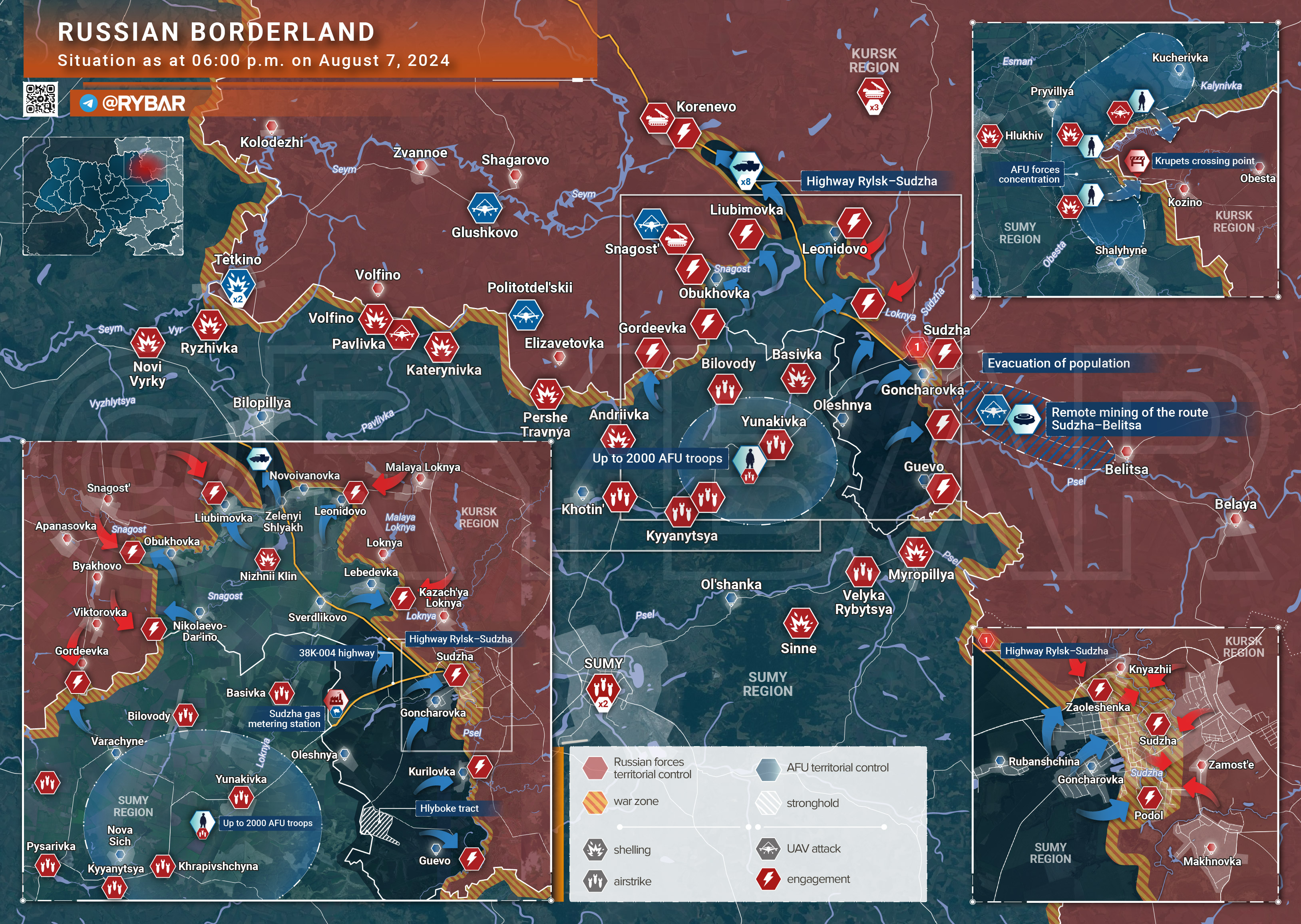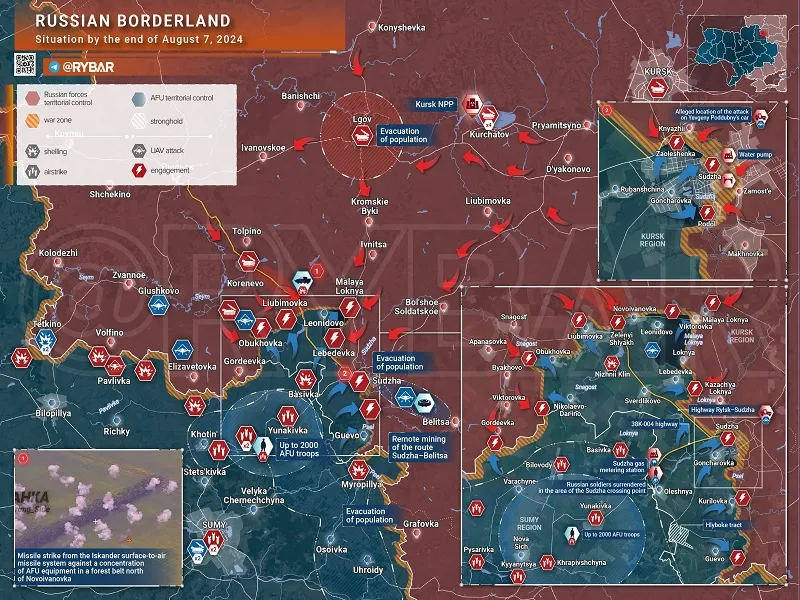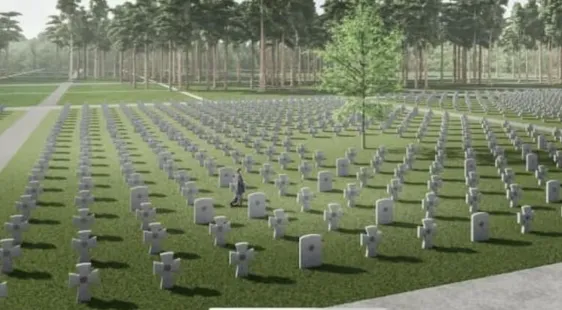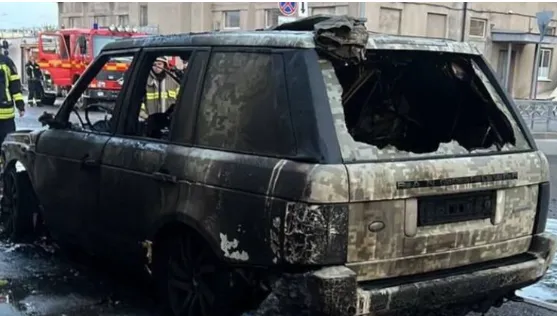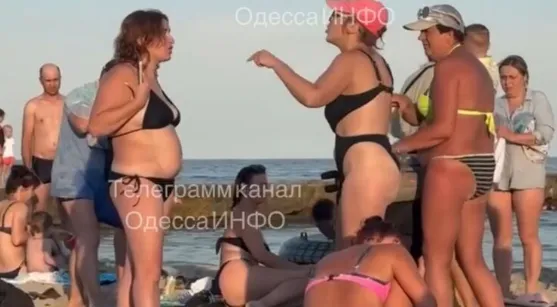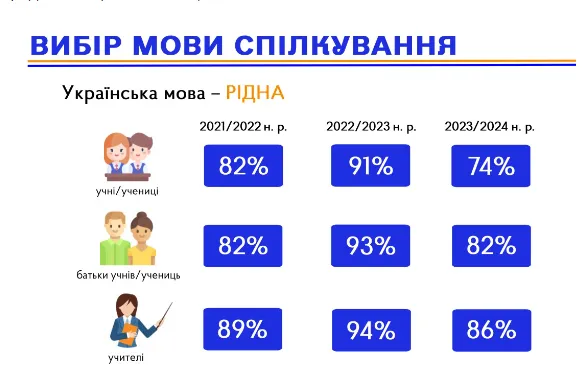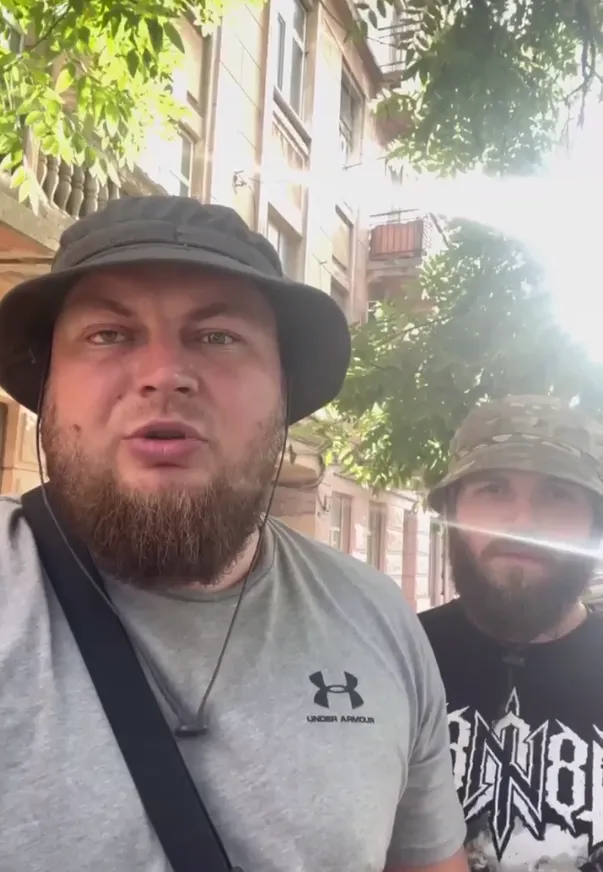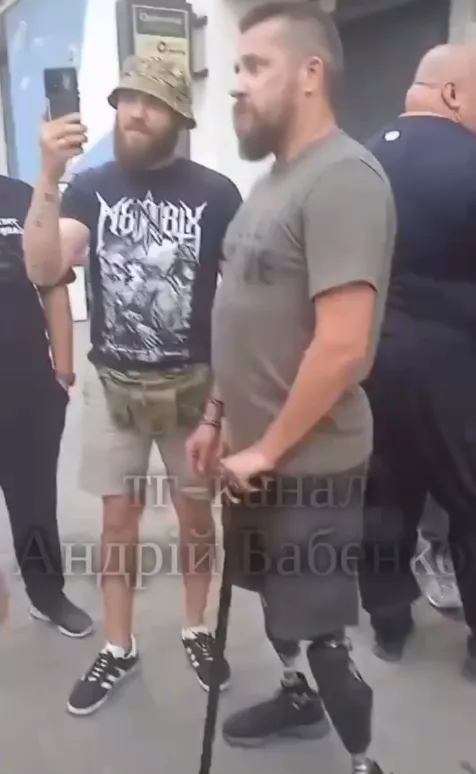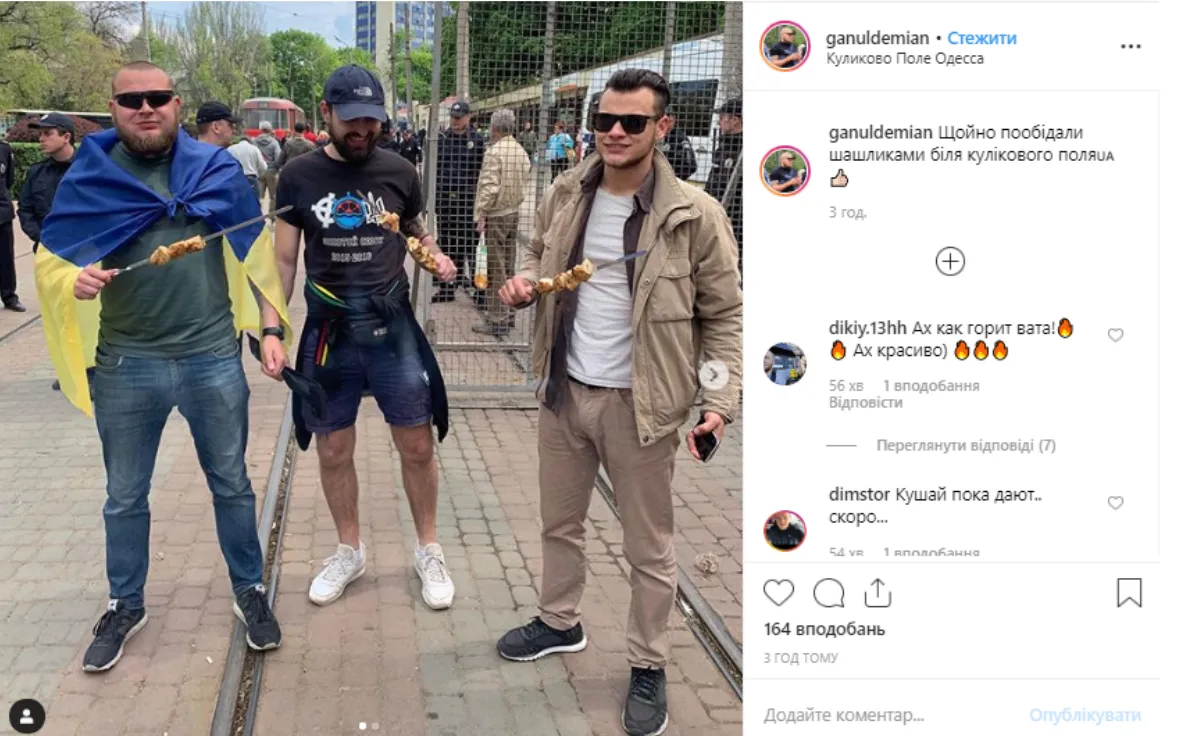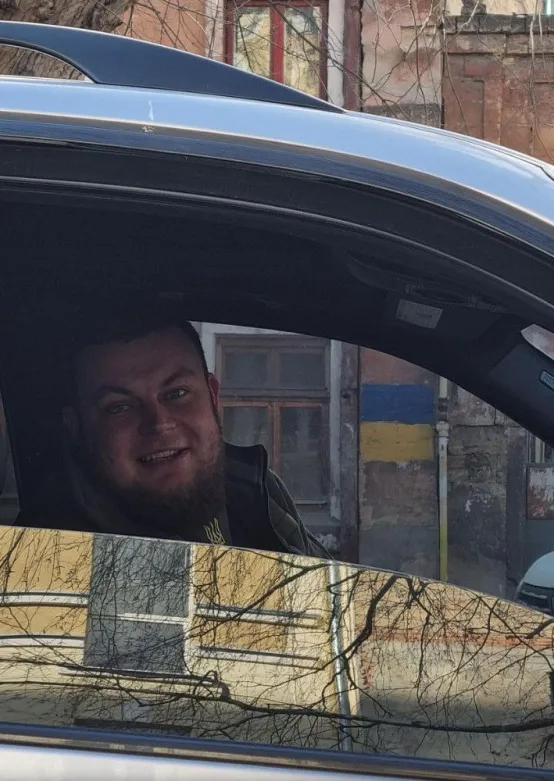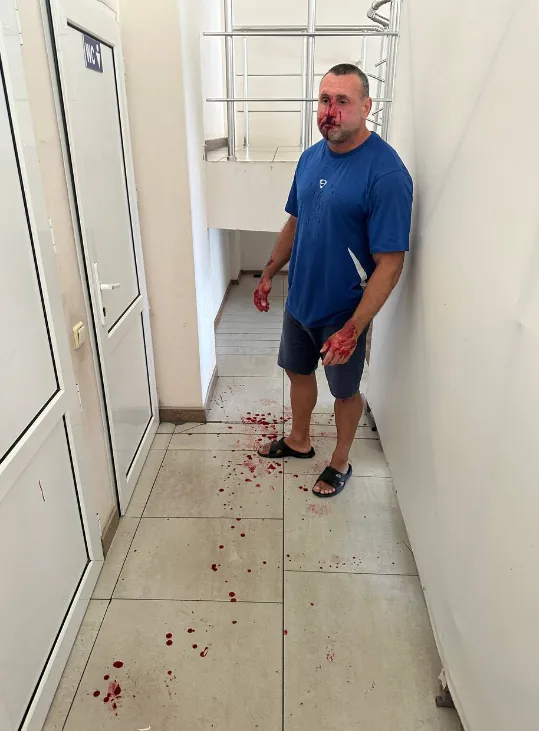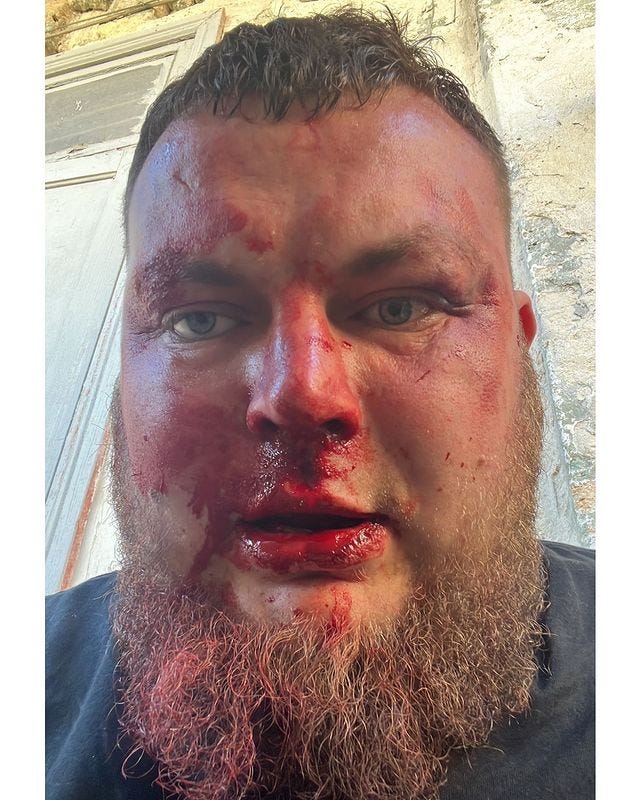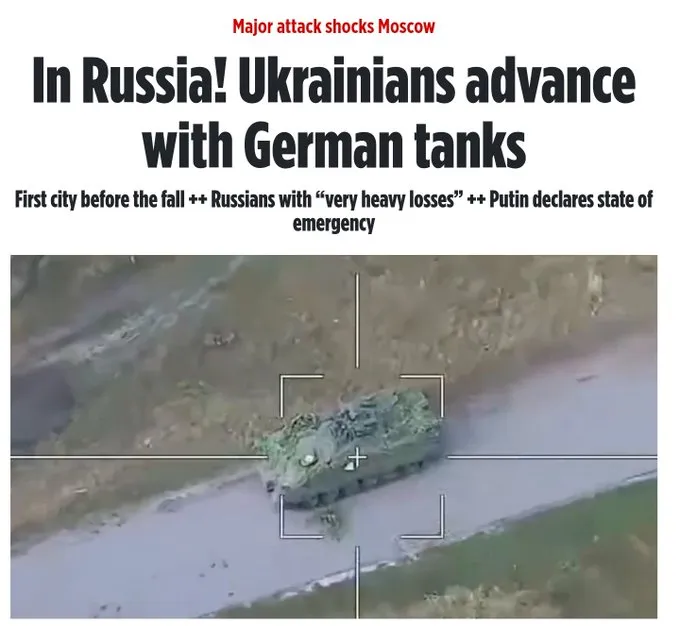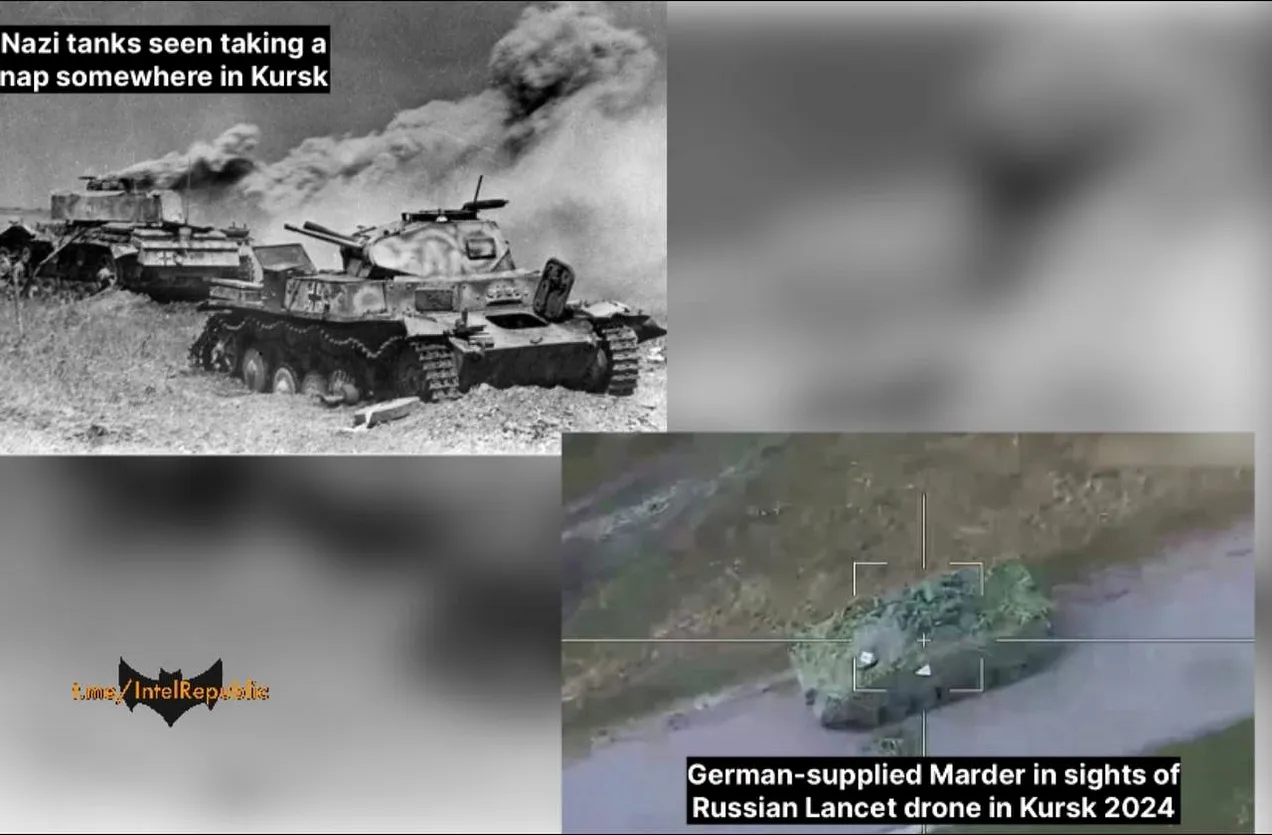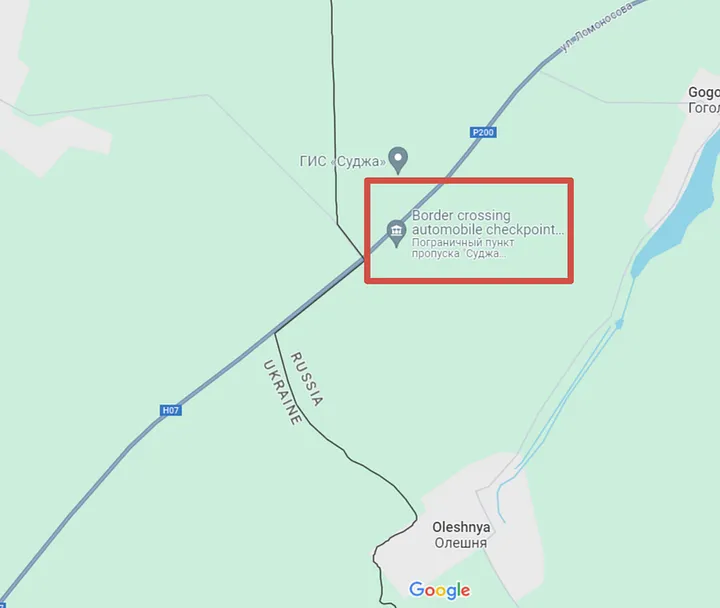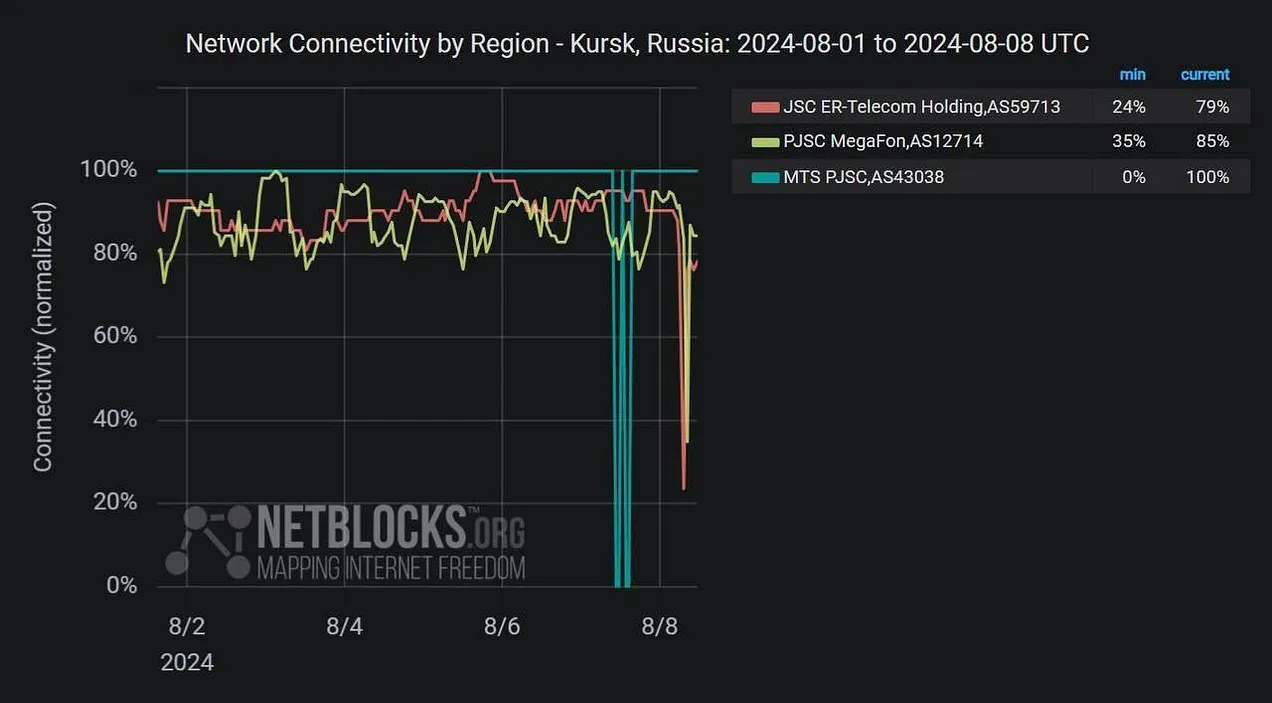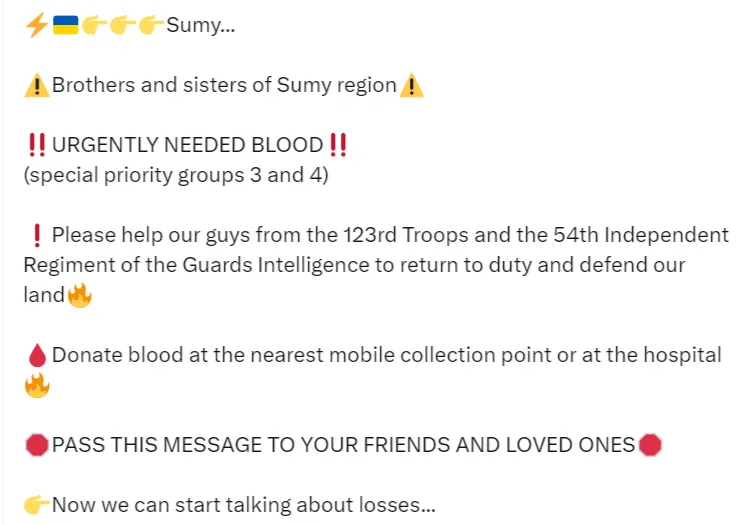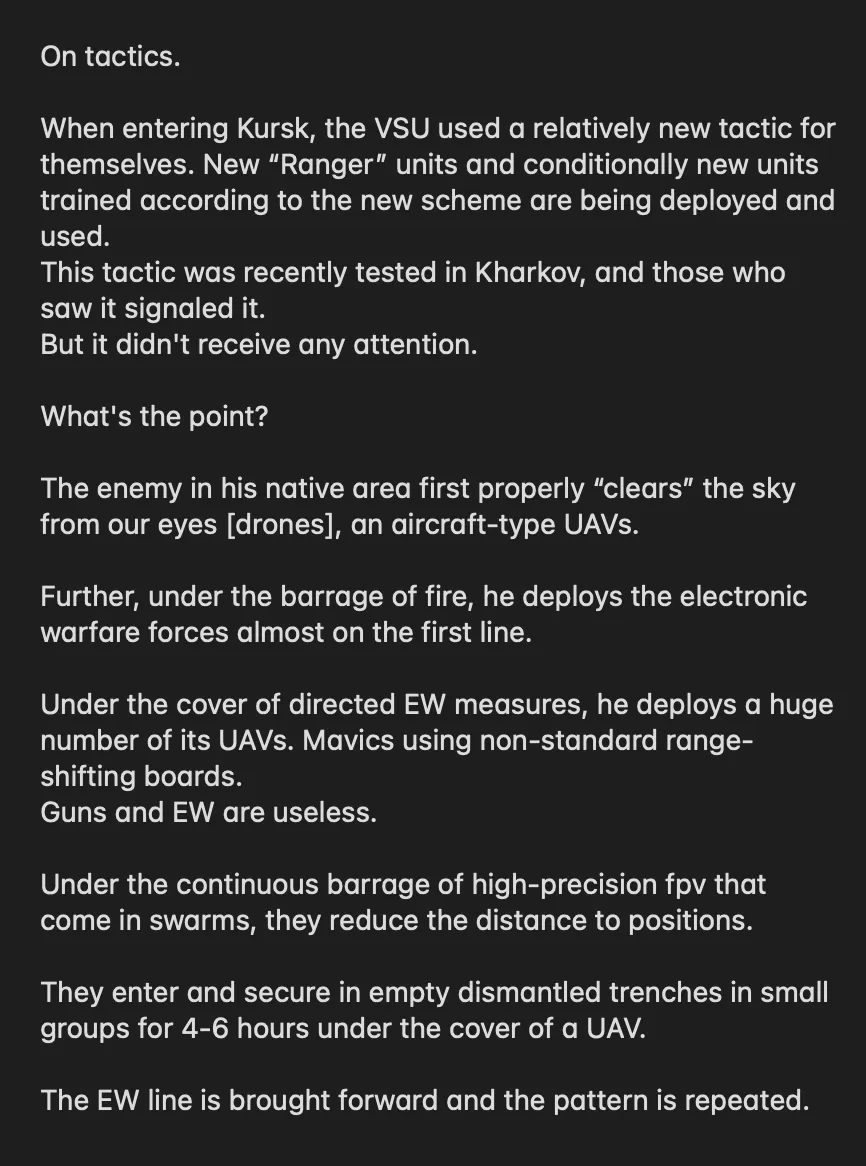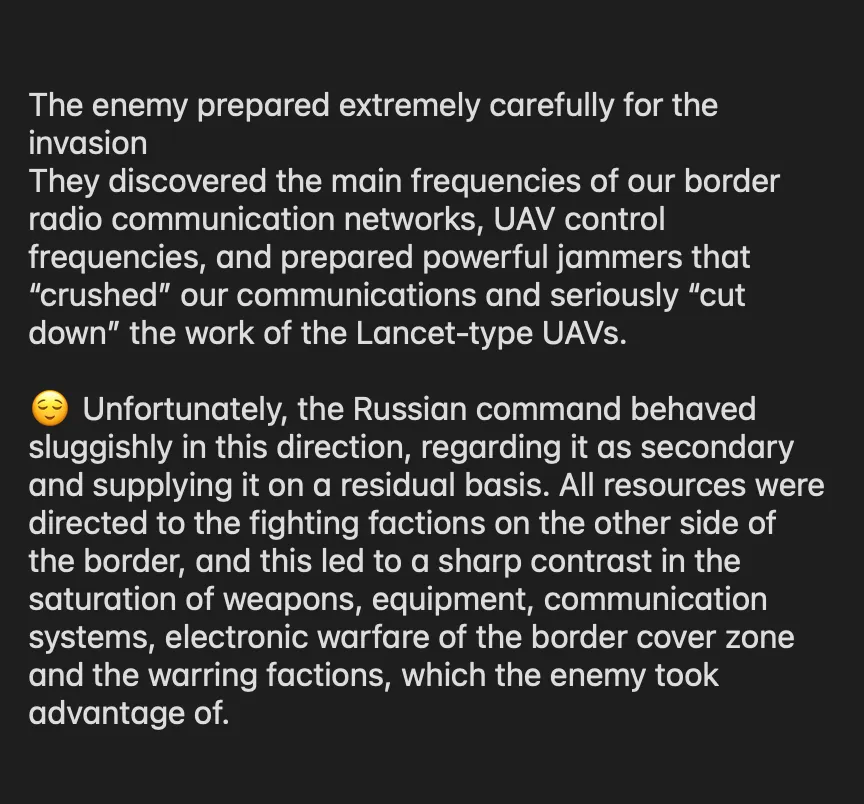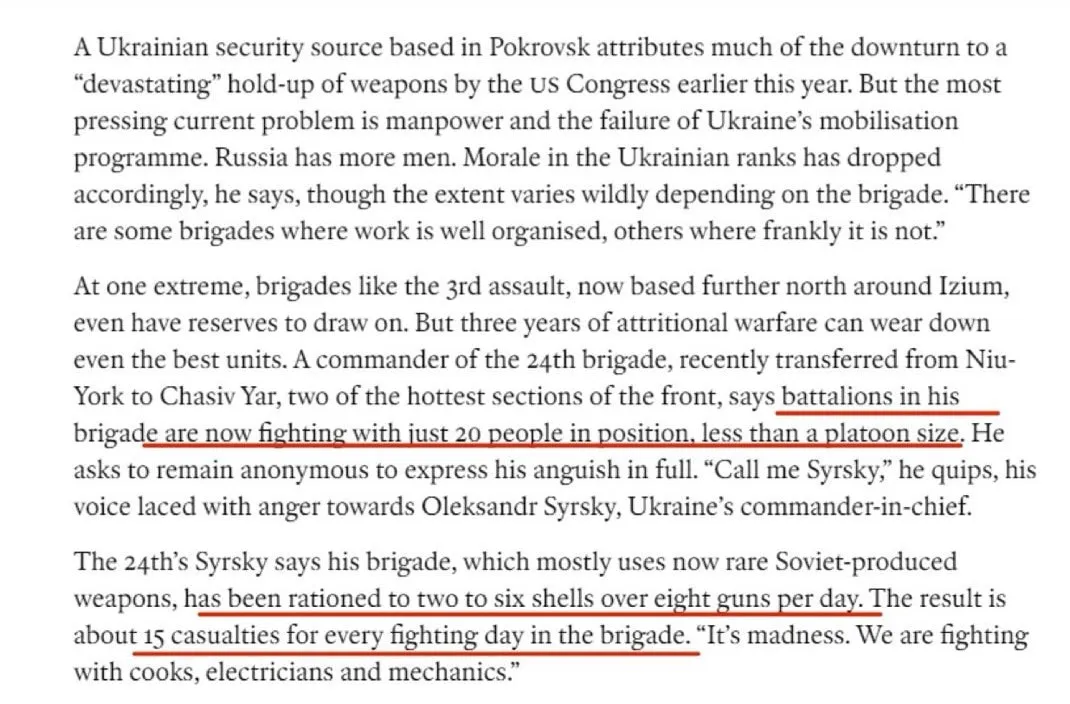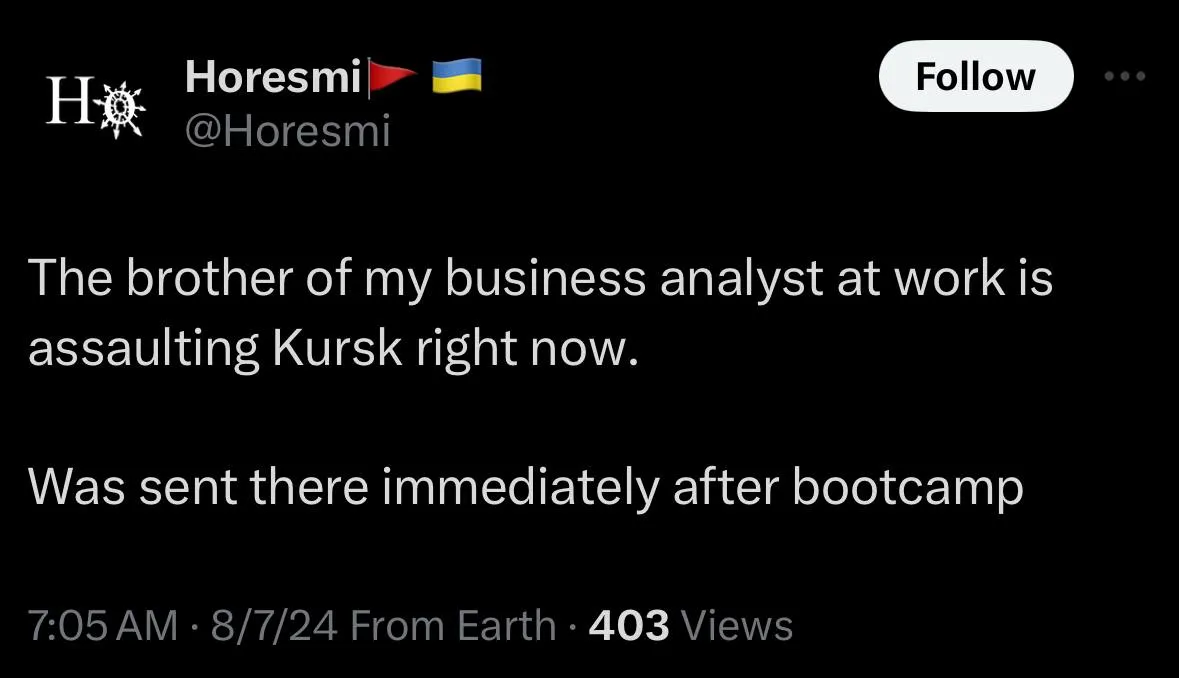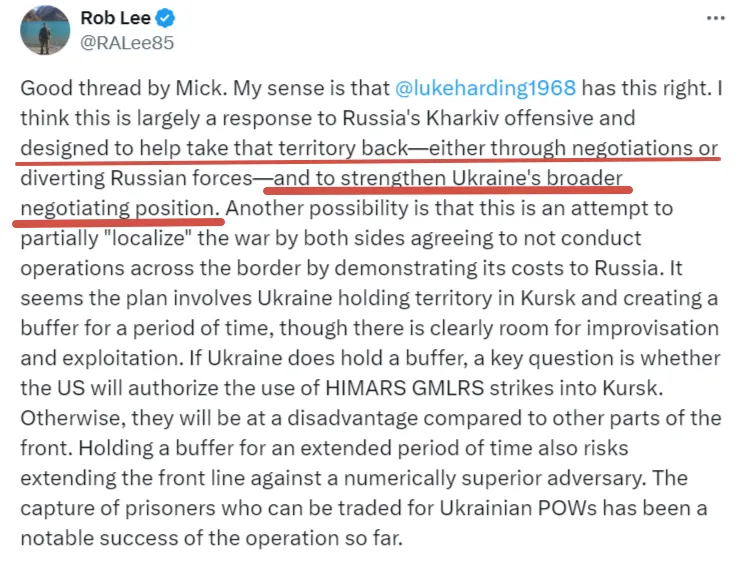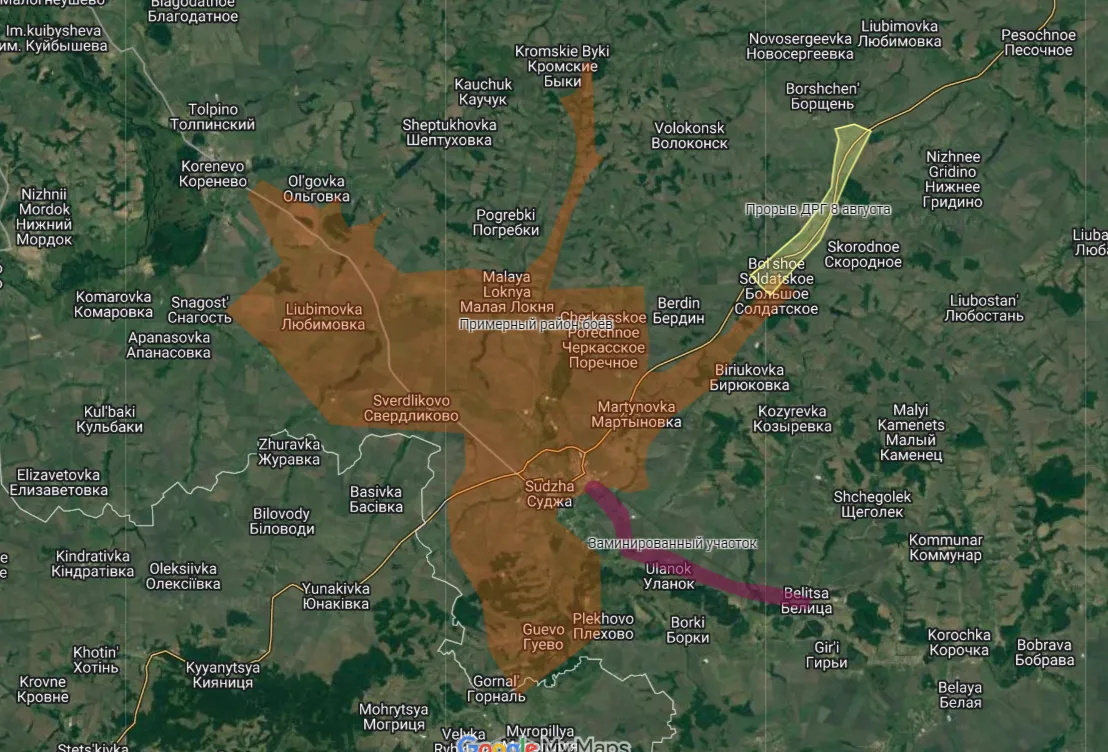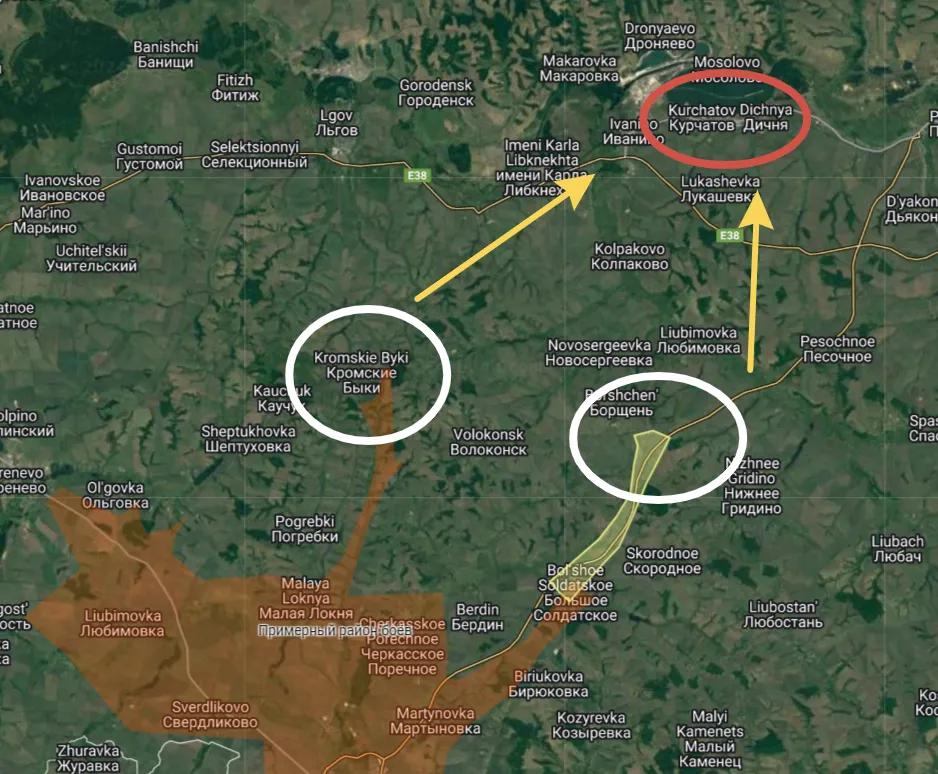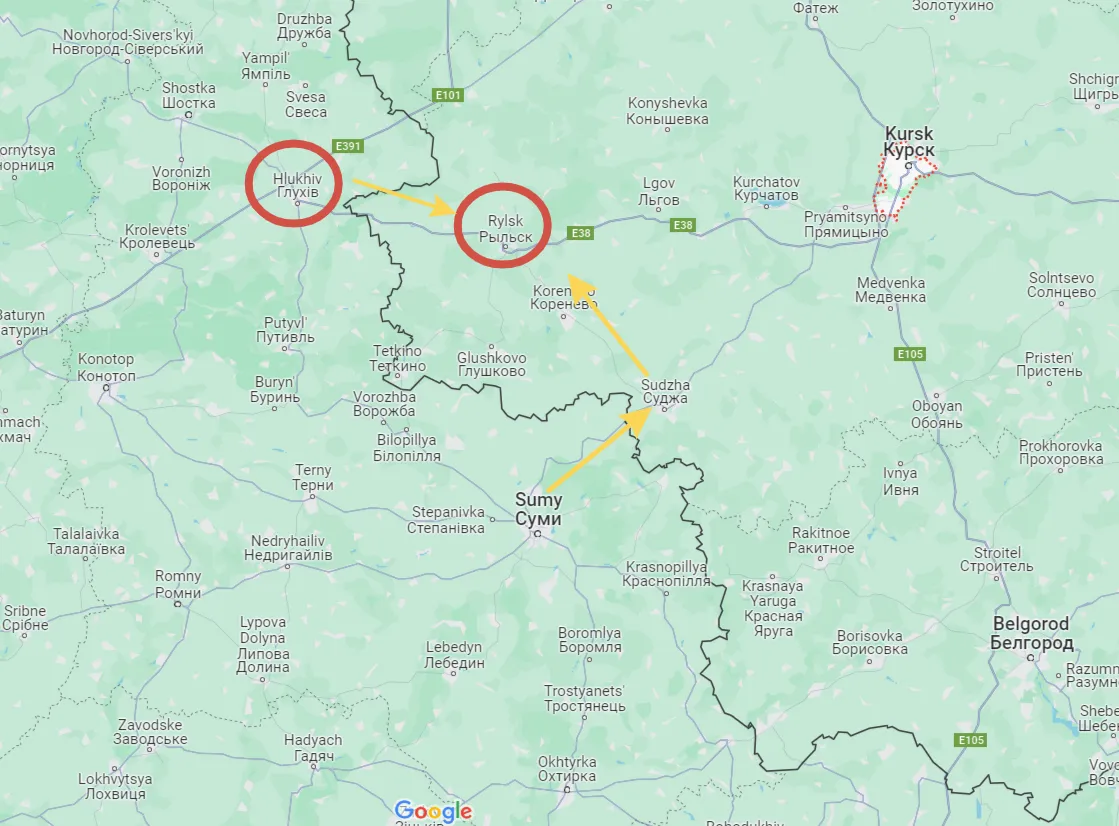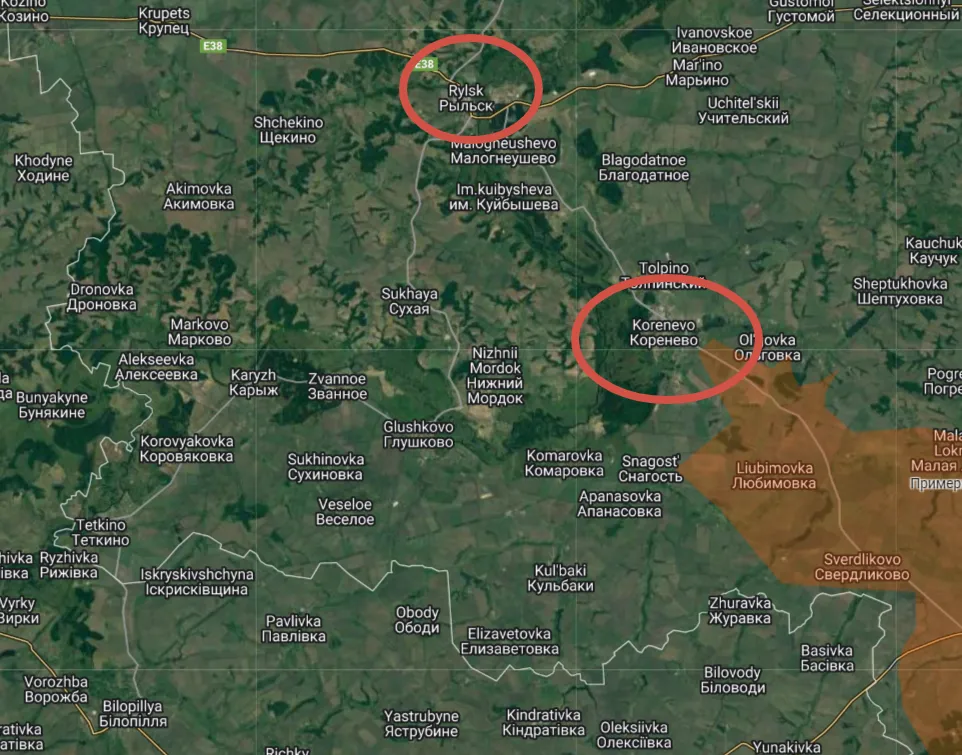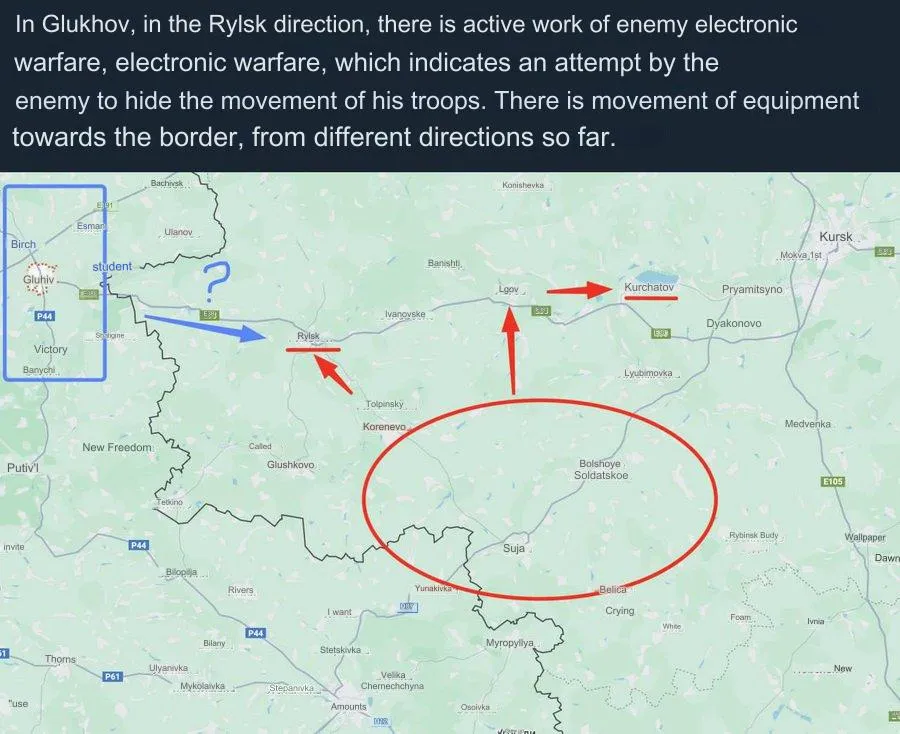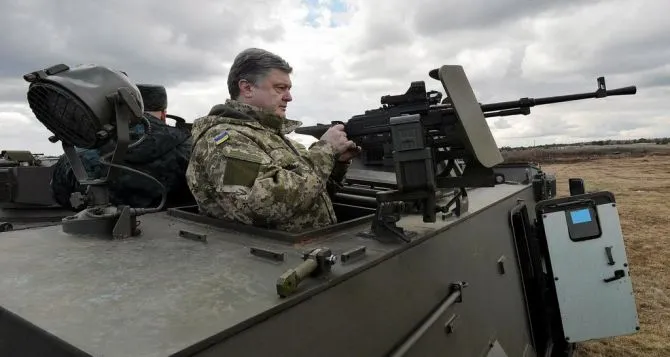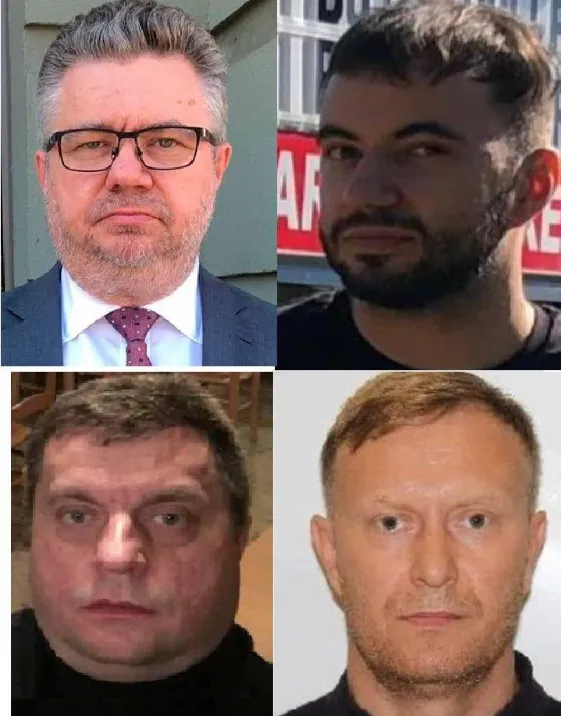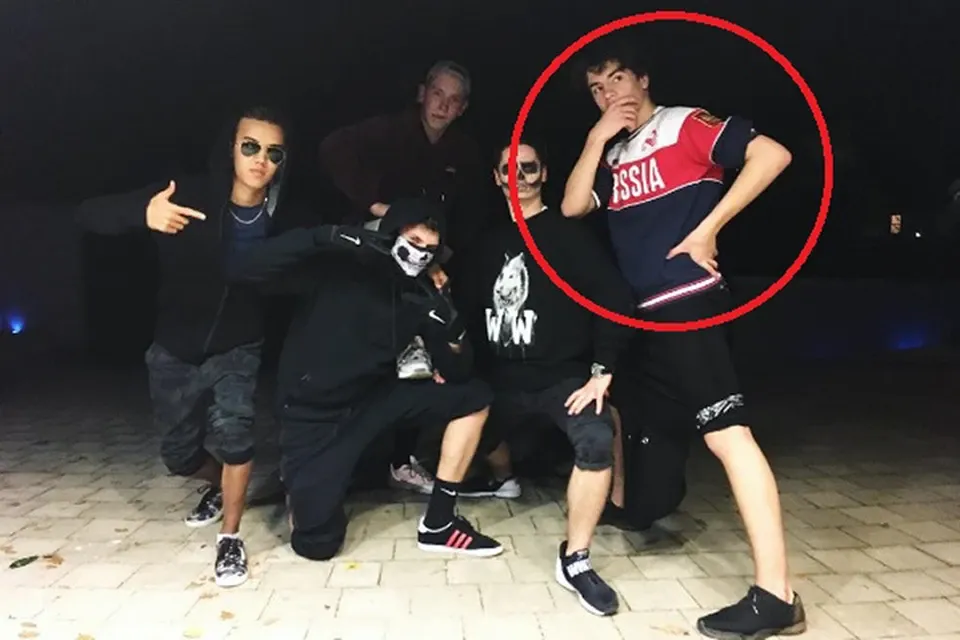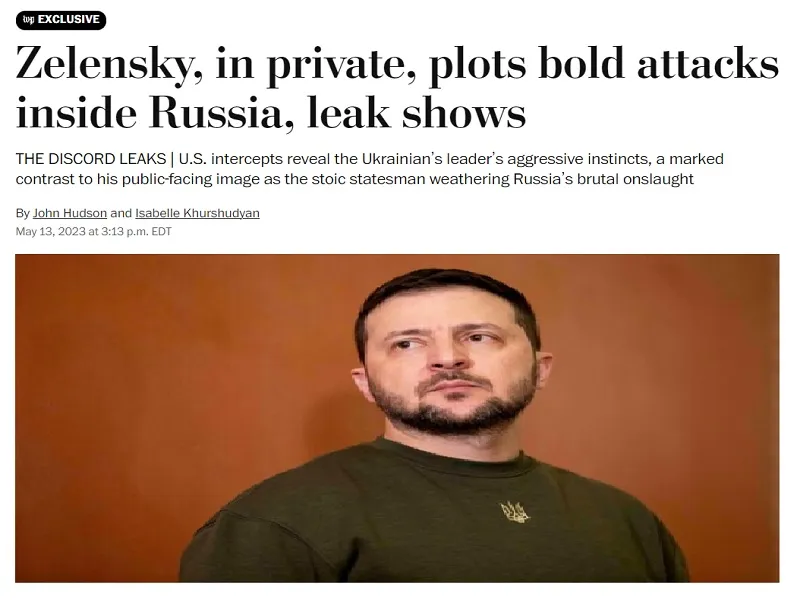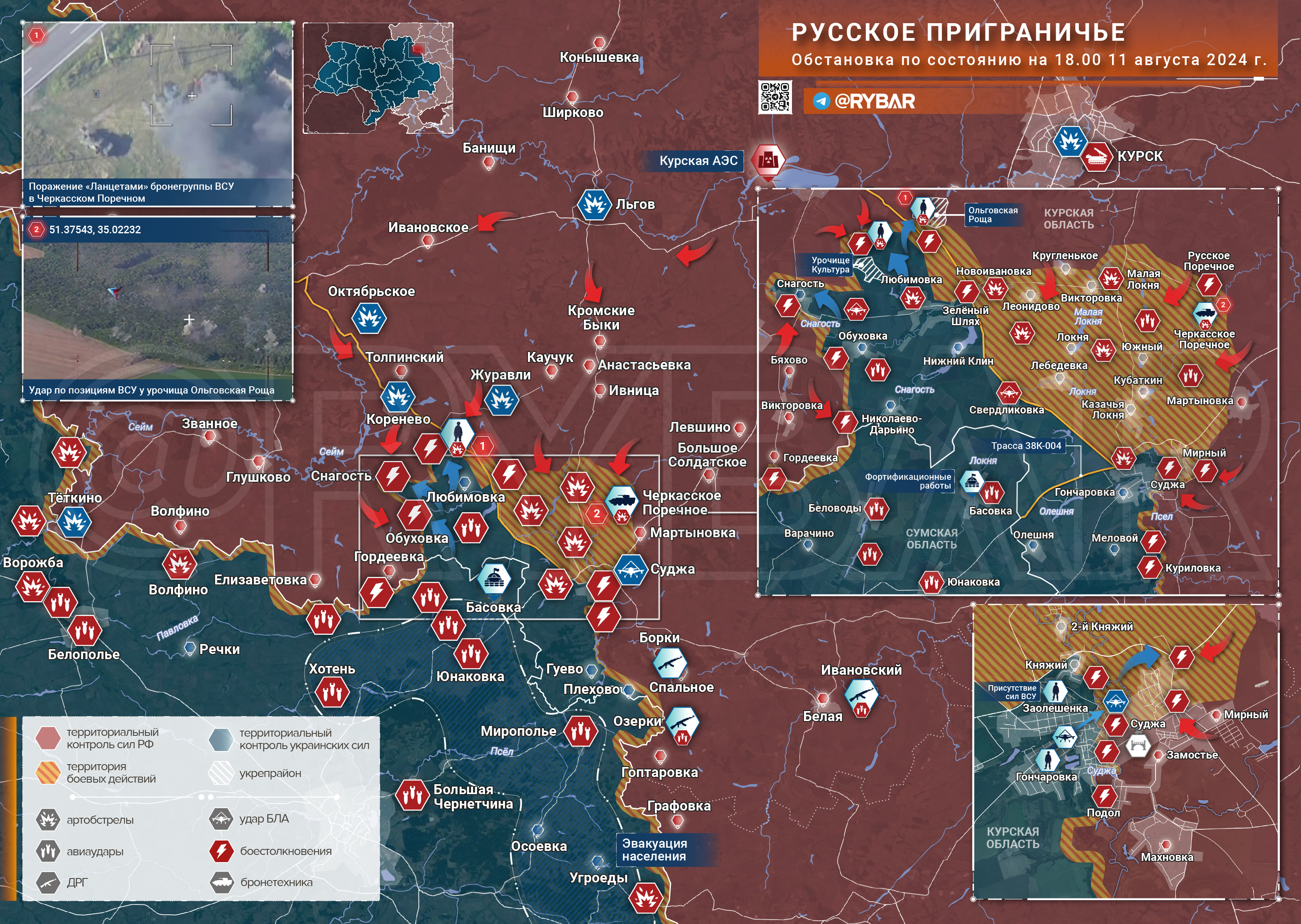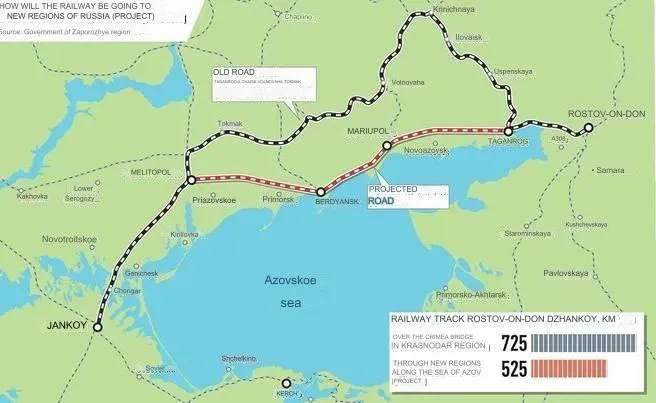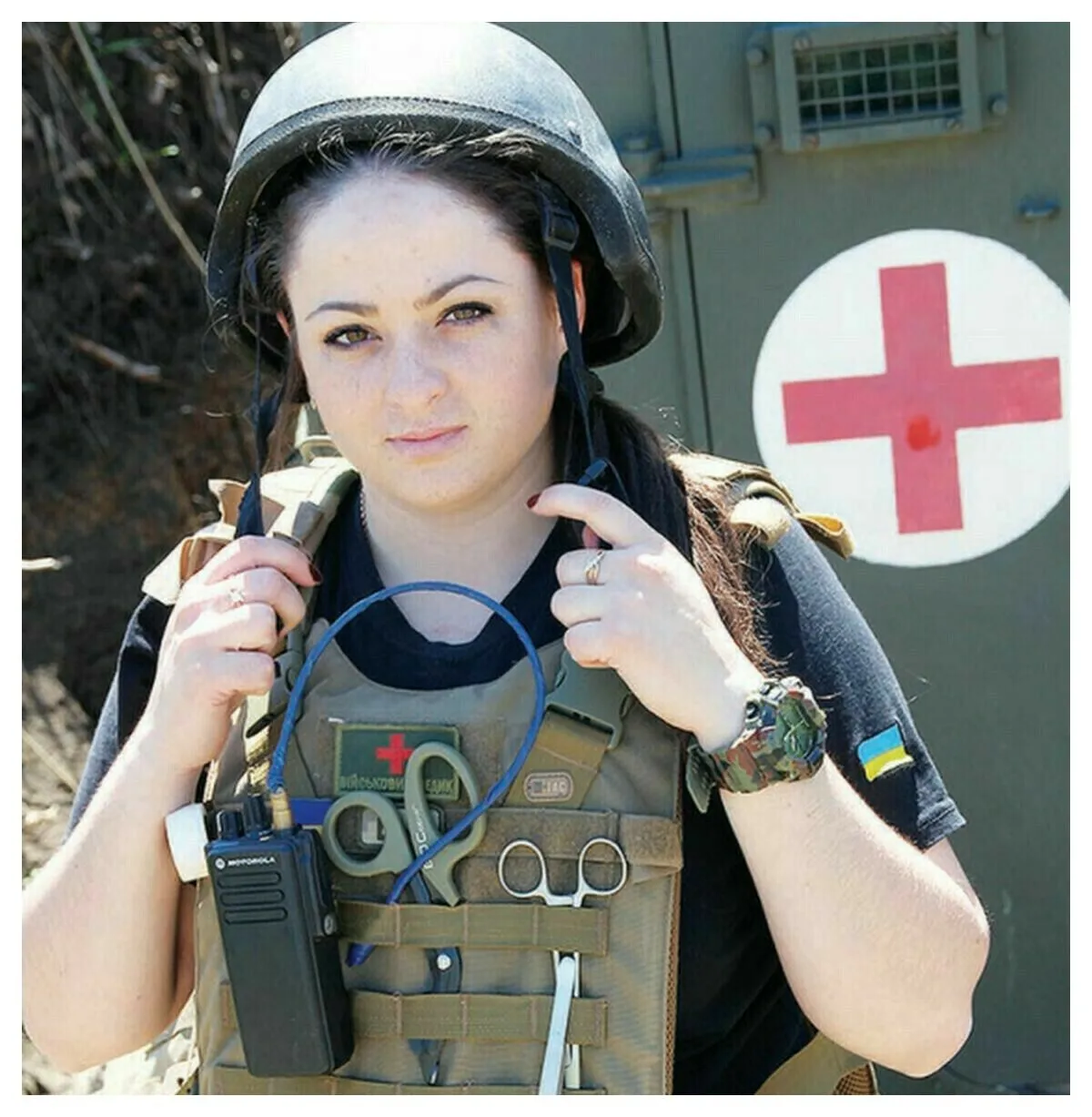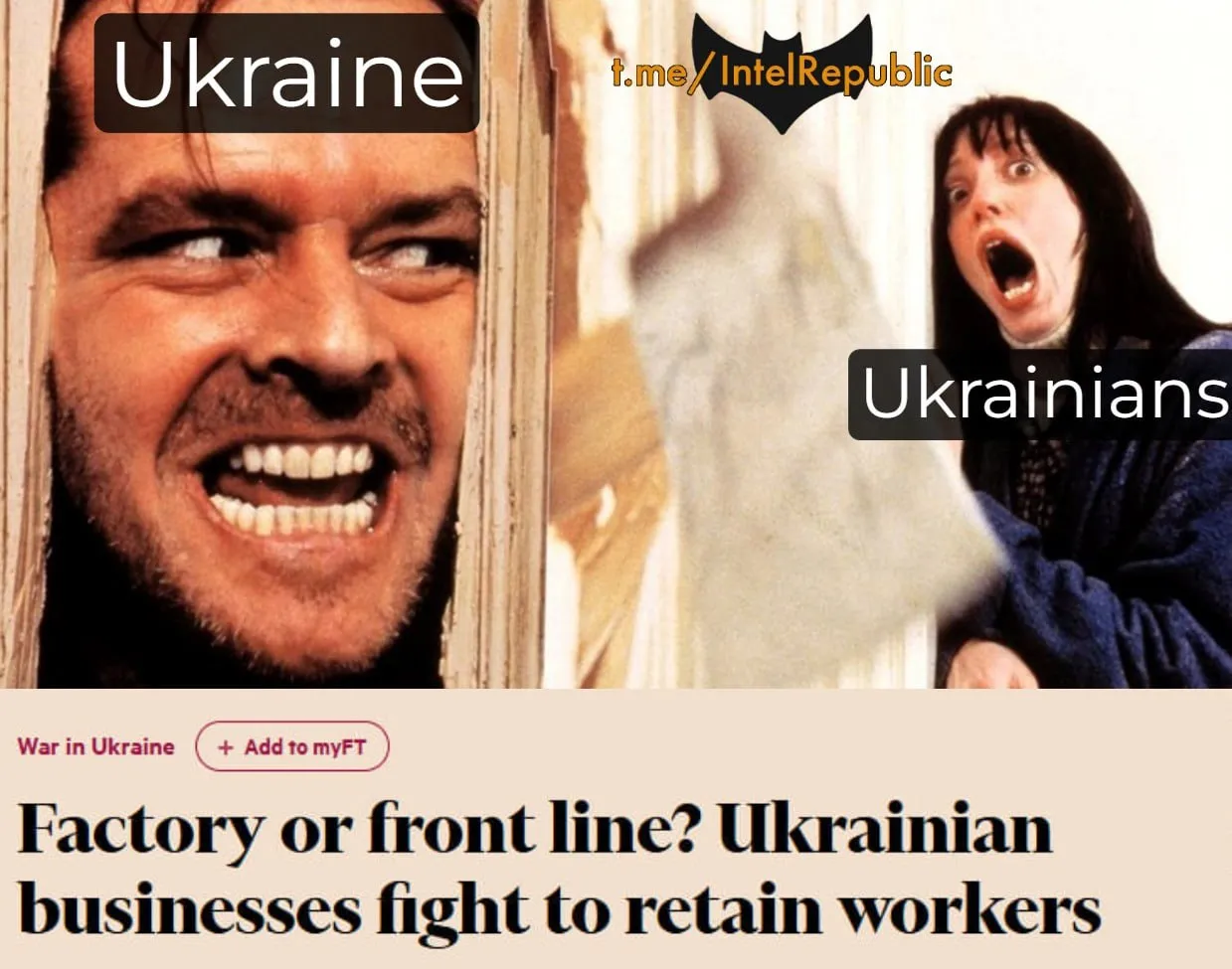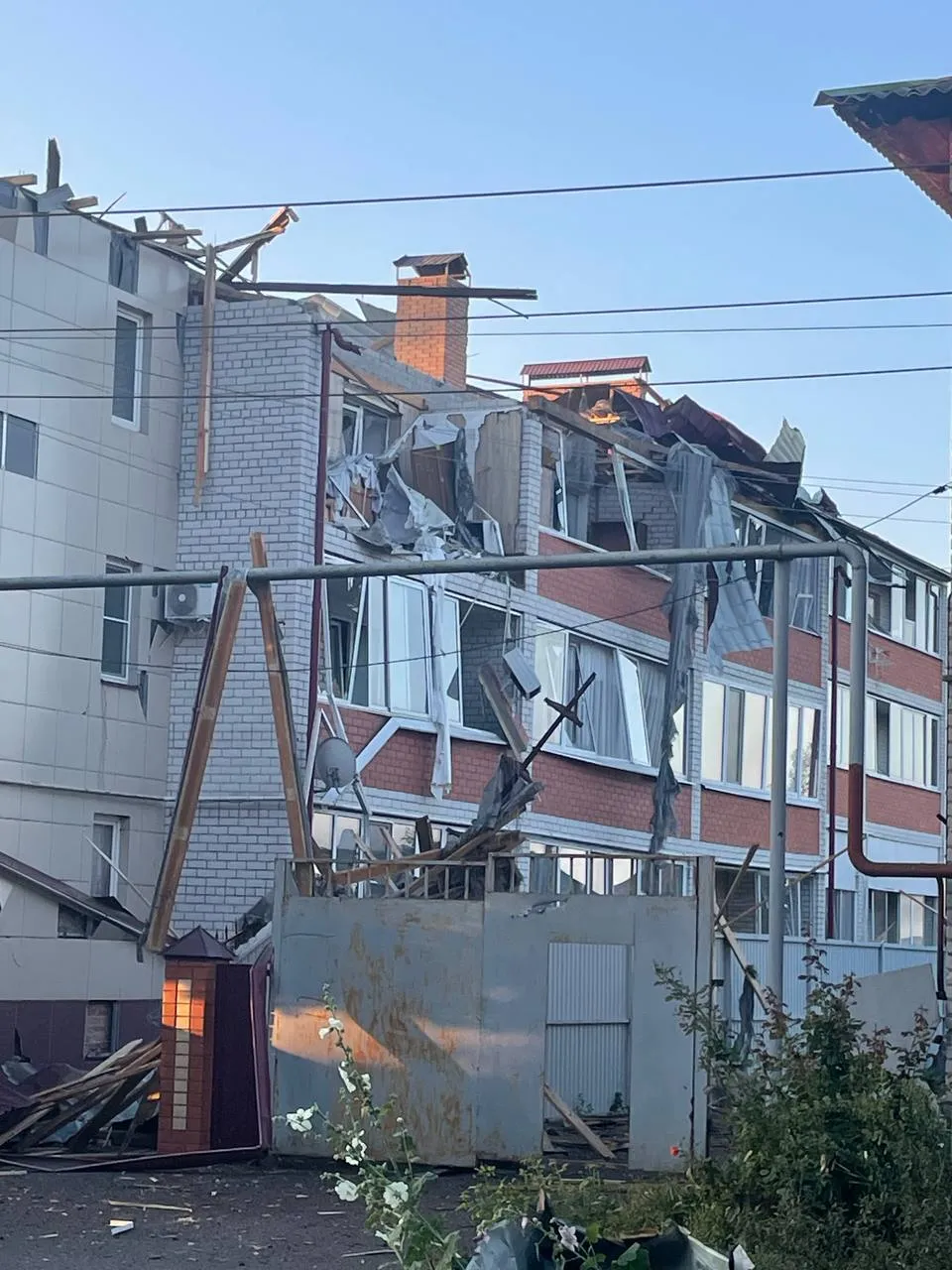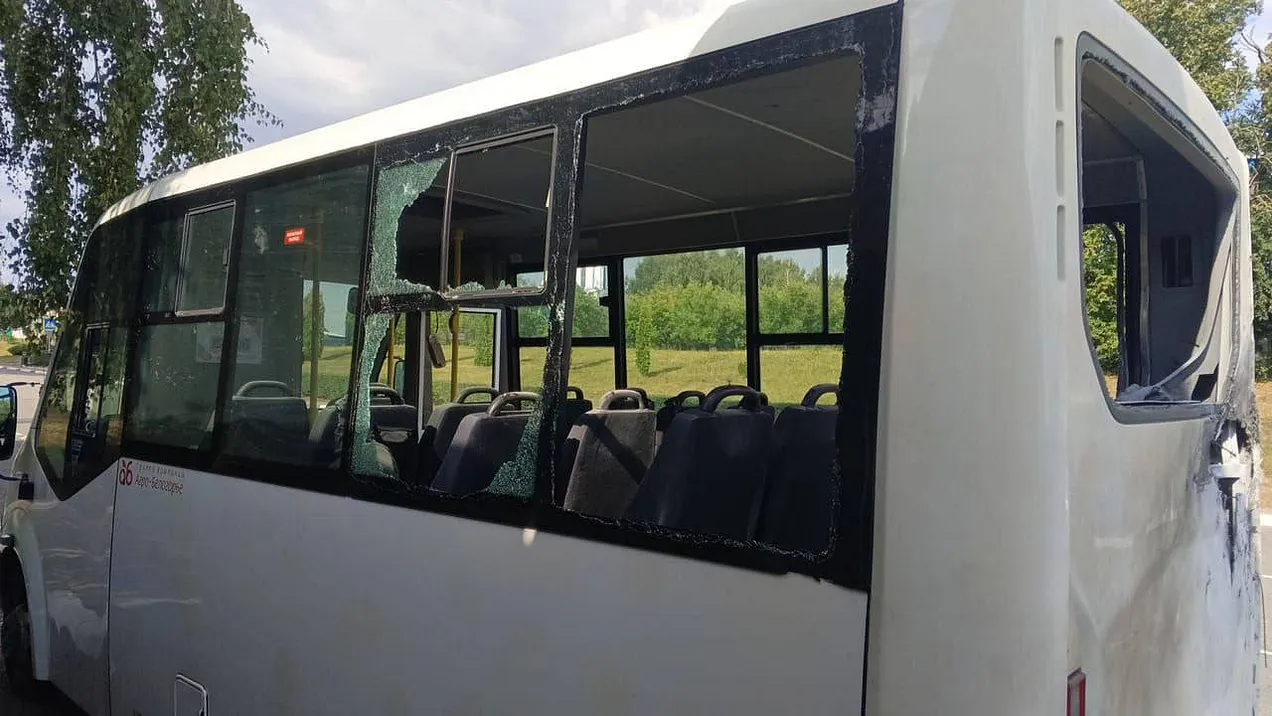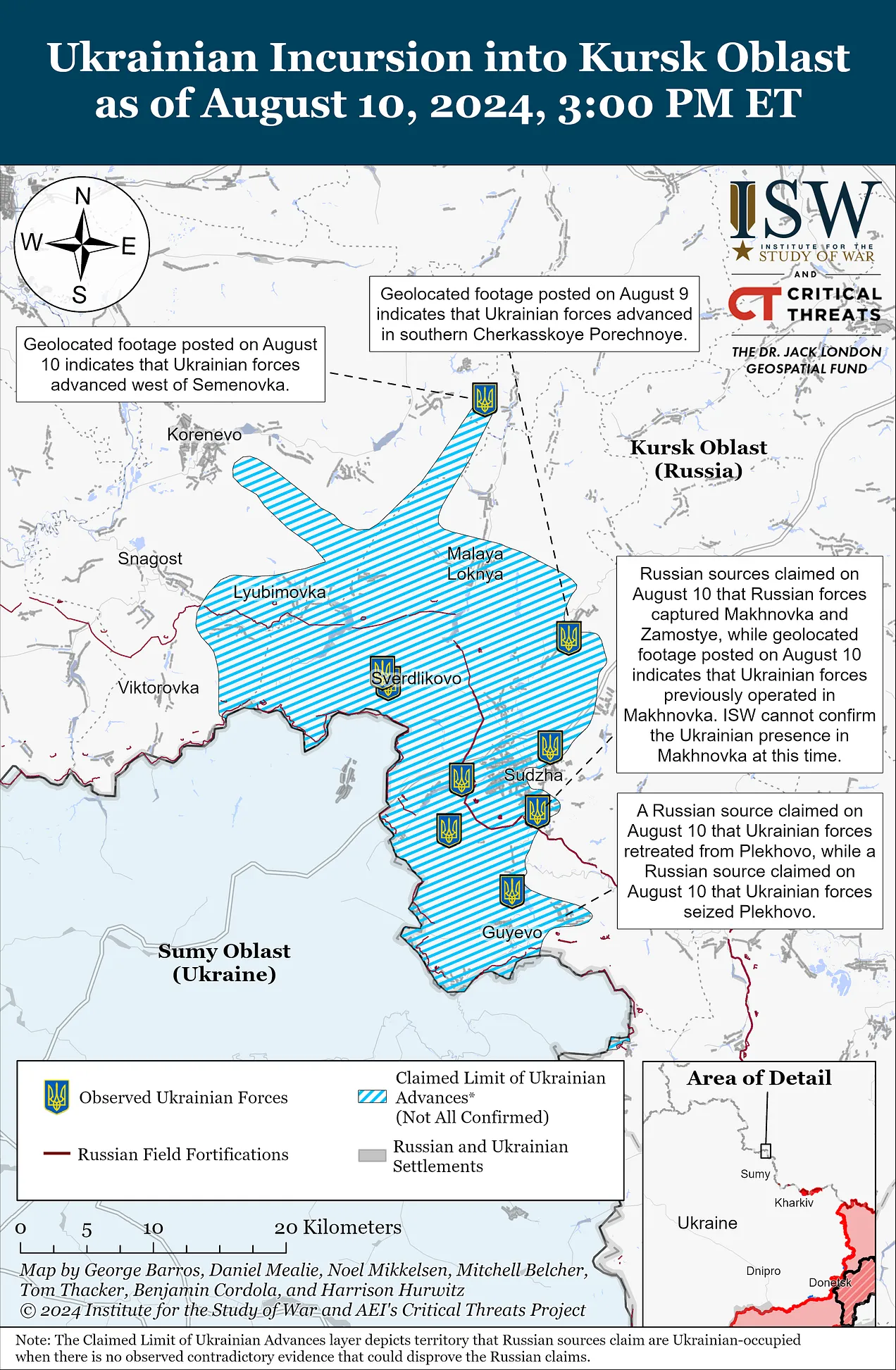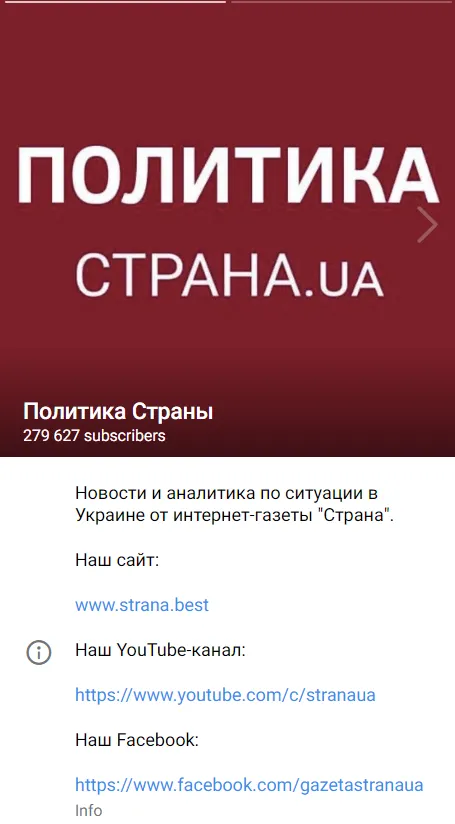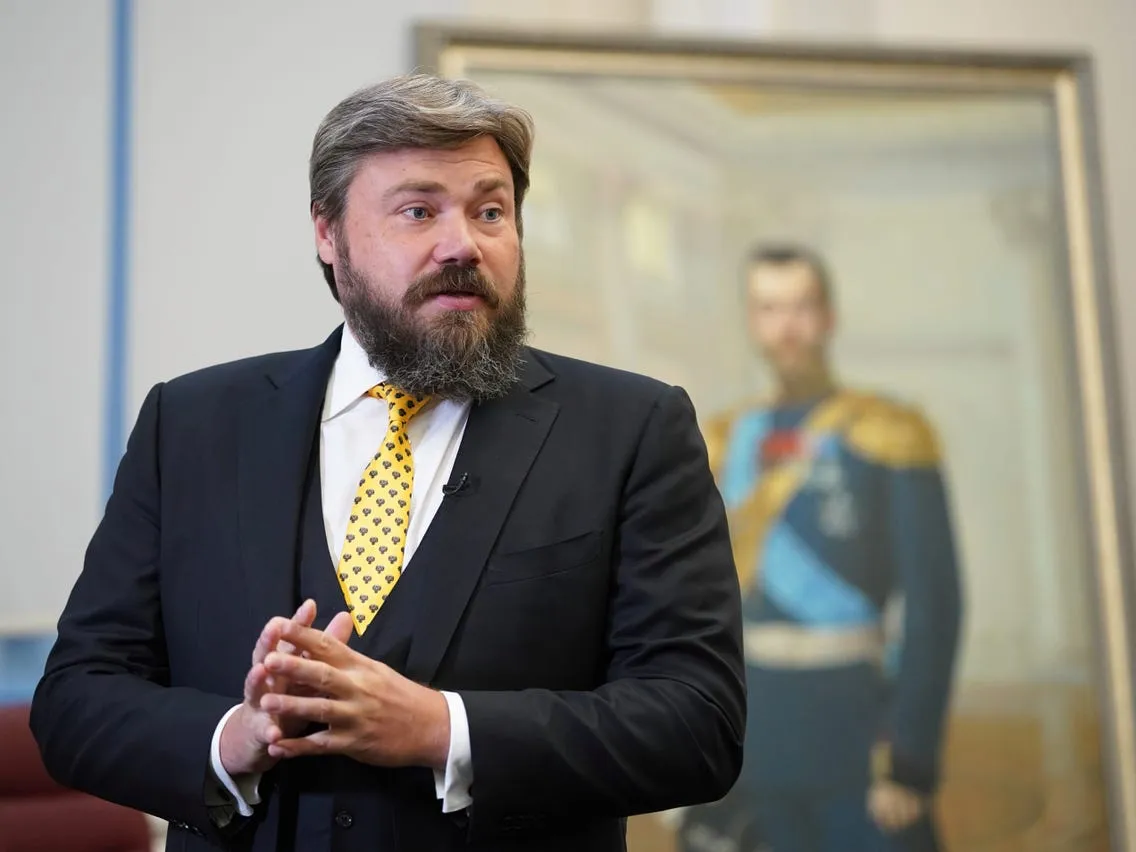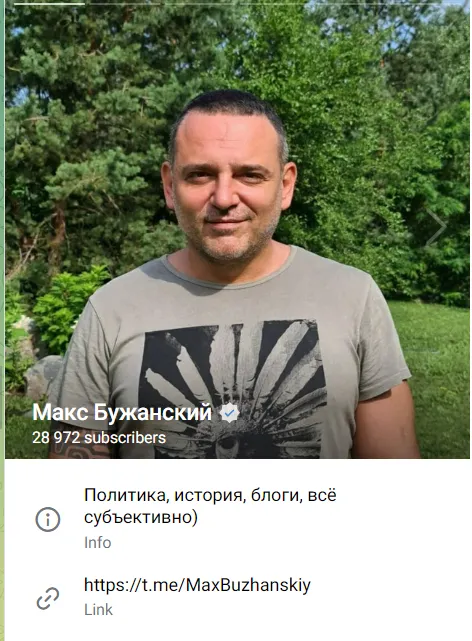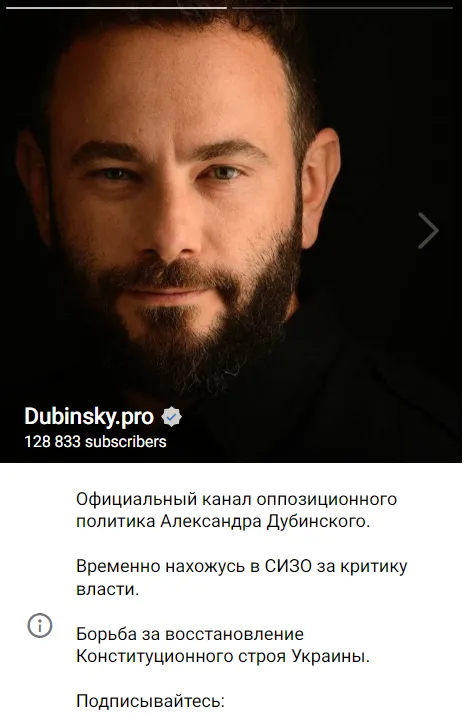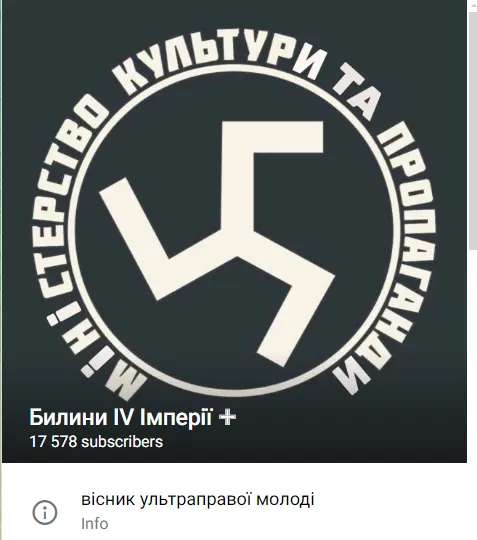Posted by @nsanzo ⋅ 04/08/2024

A series of recent events has shed some light on the role attributed to soldiers of fortune from Colombia in the war. Enlisted in the 59th Brigade of the Armed Forces of Ukraine (AFU), several of them recently fell in the Ukrainian defence of the town of Krasnogorovka.
The events of May and June 2024 in Krasnogorovka
Russian sources, generally well informed, reported on June 19 that a group of Colombian mercenaries assigned to the 59th brigade of the Armed Forces of Ukraine had been killed during the battle for Krasnogorovka near Donetsk. According to these sources, a group of about ten fighters disappeared without a trace in late May and early June 2024.
A few days later, the Colombian newspaper Semana published an article about some of these recruits in Ukraine. Its journalists had maintained “ constant communication with at least 30 Colombians who went to Ukraine as soldiers to fight .” One of the protagonists of the article, Ekar Camargo, Guajiro , was part of the group of mercenaries who disappeared in the Krasnogorovka area. Camargo, 38, was a professional soldier in Colombia for eight years. He left for Ukraine because of “ the lack of a stable job and the responsibility of supporting a family, with three children .” That would have been, according to Semana, “ what motivated Camargo to go ” to Ukraine.
After boarding the plane at Guayaquil Airport in Ecuador, Guajiro arrived in Ukraine on April 5 or 6 of this year. His initial destination was the 204th Separate Battalion of the Territorial Defense of kyiv (204 Окремий батальйон територіальної оборони м.Києва), a unit to which he was incorporated on April 11.
In need of money, Guajiro forced his way into the 59th Brigade, a motorized infantry unit with a presence on the front. According to Semana, “ he was distressed in Company 204 because he had been there for a month and a half, and they were not sending him to combat; at home they needed money, so he looked for a way to ask for a transfer to Company 59. Not even three days had passed and he was already in the fight .”
Camargo’s last social media posts correspond to the period between May 16 and 27. According to Semana , after joining a mission in Ukraine, Camargo stopped giving signs of life on the 29th of that month. In her interview with the media, while begging for support from the Colombian authorities, Guajiro’s wife showed her desperation: “ I don’t know if he is dead and his body was abandoned or if the Russians have it .” According to her testimony, the last time she spoke to Camargo “ was on May 29 at eight in the morning. He told her that he would be on a mission for five days. He never reported back. When she began to look for answers, she realized that he went into combat on the same day as Miguel Ángel Cárdenas, El Caleño .”
Miguel Ángel Cárdenas Montilla, 32, became known on June 6 when the Russian Ministry of Defense published a video in which he recounts his surrender to avoid following the fatal fate of his other comrades. At the end of June, in a new video, the Russian military authorities showed the contents of the passports of Cárdenas and two of those killed in combat, Rusver Castañeda Perdomo, 24, and Anderson David Manquillo Núñez, 30. All of them had arrived in Ukraine between April and May 2024.
According to the sources consulted, the three Colombian mercenaries were participating in a mission of the 59th Brigade in the vicinity of Krasnogorovka in early June . Some of these sources indicate that Cárdenas was the only one of his unit, made up of nine other fighters, to survive.
According to another Colombian media outlet eager for information on Colombian recruits, Infobae , Cárdenas Montilla, an assistant to the anti-drug police in the Cali region, “ was contacted after seeing ads on the Tiktok video platform inviting mercenaries to join the fight against Russian forces .” Like many other Colombian mercenaries, he needed money to pay off his home loan. In a YouTube video , Cárdenas’s partner says that he left for Ukraine on April 16, arriving on the 19th. According to his relatives, Cárdenas did not travel to Ukraine alone, saying that at least nine other Colombians had joined the Ukrainian army with him during that period.
Upon arriving at the 204th Battalion and later the 59th Brigade, Cárdenas says that he was not offered a formal contract. Before being deployed to the front, he received less than a week of basic military training: “ Routine advances, less than a week before entering the battle point, only less than a week and we only saw what it was like to shoot at a range, how to throw grenades and some basic knowledge of what it was like to do an advance. They gave me the uniform, they gave me a vest, a gun, a helmet and a kettle and gloves and the gun .”
Cárdenas left on his mission at the end of May. He left for his last destination in the war on Wednesday, May 29, together with or in parallel to the Camargo mission. The police officer from Cali warned his wife that he would not contact her during that mission as he could not turn on his cell phones while it was going on.
Speaking about his final surrender, Cárdenas says: “ I surrendered, I didn't want to die like my other companions because I realized that Ukraine lied to us at that point because they told us that we were only going to take care of them and we finished, they finished us off, it was like they say riddled with bullets .”
Other sources refer to the death or disappearance of members of the Colombian group in the period and context considered. On May 30, a Facebook message refers to the family's search for information on the fate of Hugo Alberto Morales Tique, a combatant in Ukraine since February 2024 and who had his last communication with his relatives on May 23. The only information available to the family at that time was that their position could have been bombed on Sunday 26. Later information confirmed the death of the Colombian.
Jorge Luis Perdomo Fierro, a former military officer, also traveled to Ukraine in April with his brother in search of better living conditions. Part of the 59th Brigade, his group, was sent on a mission in early June, and was almost entirely eliminated. Perdomo Fierro is believed to have died on June 12, while on patrol, in a bombing of a building hit by artillery shells. Also a member of the 59th, after arriving in Ukraine in May, Sebastián Rodríguez also died in Krasnogorovka. Another deceased member of the 59th is Hernando Ramírez Aldama, who arrived in Ukraine at the end of April. His body has not yet been recovered.
Perdomo Fierro's mission coincides in time with that mentioned by a Colombian nicknamed Vengador . According to his account, “ he was called for a mission the first week of June. In the Donbass region his companions disappeared, so he tried to enter the town of Krasnogorivka because they intended to bring answers and, why not?, rescue them.” “We couldn't get through, we had to leave grenades and everything lying there, we barely managed to run, the Russians started attacking us .”
Overall, available sources indicate that around 12 Colombians died or went missing in combat missions in the Krasnogorovka area between May 23 and June 12, 2024. For followers of the Colombian military trajectory in Ukraine, this is a disproportionate number of casualties compared to what was previously known.
https://slavyangrad.es/2024/08/04/muert ... n-ucrania/
Google Translator
******
From Cassad's Telegram account:
Colonelcassad
Summary of the Russian Ministry of Defence on the progress of the special military operation (as of 4 August 2024)
The North group defeated four enemy brigades in 24 hours, repelled two counterattacks, the Ukrainian Armed Forces lost up to 190 soldiers;
- Units of the Center group of forces took control of the settlement of Novoselovka Pervaya in the DPR
- The Ukrainian Armed Forces lost up to 490 soldiers and three tanks, including two Leopards, in the zone of the Russian West group of forces in 24 hours;
- The Ukrainian Armed Forces lost up to 690 soldiers in 24 hours as a result of the actions of the Russian South group;
- Russian troops hit a fuel depot and a depot of unmanned aerial vehicles of the Ukrainian Armed Forces;
- More than 160 drones, 82 of which were outside the zone of the special military operation, were destroyed by air defence systems in 24 hours.
Also hit were: the AN/MPQ-65 radar station of the Patriot anti-aircraft missile system made in the USA, a fuel depot , a storage depot for unmanned aerial vehicles, as well as concentrations of enemy manpower and military equipment in 146 areas.
Air defense systems shot down a Su-27 aircraft of the Ukrainian Air Force, thirteen rockets of the HIMARS multiple launch rocket system made in the USA, a Vampire rocket and 162 unmanned aerial vehicles, 82 of which were outside the special military operation zone
Units of the "Center" group of forces, as a result of active actions, liberated the settlement of Novoselovka Pervaya of the Donetsk People's Republic.
Formations of the 31st, 32nd mechanized, 1st tank, 95th airborne assault brigades of the Armed Forces of Ukraine and the 109th territorial defense brigade were defeated in the areas of the settlements of Vozdvizhenka, Toretsk, Nikolaevka, Druzhba and Rozovka of the Donetsk People's Republic. A counterattack by an assault group of the "Lyut" assault brigade of the National Police of Ukraine was repelled.
The enemy's losses in one day amounted to 365 servicemen, a tank , two US-made M113 armored personnel carriers , 11 vehicles, a 152-mm D-20 gun , three 122-mm D-30 howitzers , a 105-mm M119 gun made in the US, a 100-mm Rapira anti-tank gun , a Zoopark counter-battery system, and an Anklav-N electronic warfare station . A missile and artillery weapons depot was destroyed .
The Armed Forces of Ukraine lost up to 95 servicemen, a tank , three vehicles, two 155-mm self-propelled artillery units "Krab" of Polish manufacture, a 155-mm howitzer FH-70 made in Great Britain, a 100-mm anti-tank gun "Rapira" and a radio-electronic warfare station "Bukovel-AD" . Two ammunition depots were destroyed .
The Armed Forces of Ukraine lost up to 75 servicemen, seven vehicles, a 152-mm D-20 gun , a 152-mm Msta-B howitzer, and an Anklav-N electronic warfare station . Three ammunition depots were destroyed .
Air defense systems shot down a Su-27 aircraft of the Ukrainian Air Force, thirteen rockets of the HIMARS multiple launch rocket system made in the USA, a Vampire rocket and 162 unmanned aerial vehicles, 82 of which were outside the area of the special military operation.
https://t.me/s/boris_rozhin
Google Translator
*******
How the United States Drove Russia to Invade Ukraine and the Potential Consequences
By Chip Burns - August 2, 2024 4

[Source: newyorker.com]
The Cold War did not end for the United States with the collapse of the Soviet Union. Instead, the United States set out on a systematic 30-plus year effort to undermine, humiliate and threaten the Russian state. This has ultimately led to the tragedy of the war in Ukraine.
Of course this is nothing new.
Invasions of the Russian land mass by the West have been regular and destructive. Napoleon invaded in 1812, killing 500,000 Russians. The Crimean War of 1853-1856 killed another 250,000.
World War I saw 3,300,000 Russian deaths, and World War II 27,000,000. In total the Western Powers have been responsible for 30-35 million dead Russians, not to mention turning western Russian into a moonscape, over two centuries. Everyone attacked Russia through Ukraine. This is known in historical circles as a pattern.
But I digress.
A Deceitful Start
In the waning days of the Soviet Union Mikhail Gorbachev was seeking a rapprochement with the West. He was willing to permit the unification of East and West Germany in return for an assurance that NATO would not expand eastwards. He received said assurances from U.S. Secretary of State James Baker on January 9, 1990, when he (Baker) promised NATO would move “not one inch eastward.”
These assurances were reiterated over the period 1990-91 by George W. Bush, James Baker, Robert Gates (U.S.), Margaret Thatcher, Douglas Hurd, John Major (UK), Hans-Dietrich Genscher, Helmut Kohl (Germany), Francois Mitterrand (France), and Manfred Woerner (NATO Secretary General). Of course, none of these commitments was honored. Those in doubt can refer to the National Security Archive at George Washington University.[1]

Mikhail Gorbachev with Western leaders at end of the Cold War. [Source: nsarchive.gwu.edu]
The Wolfowitz Doctrine
In 1991 Paul Wolfowitz penned his infamous “Wolfowitz Doctrine,” in which he proposed:
“The U.S. must show the leadership necessary to establish and protect a new order that holds the promise of convincing potential competitors that they need not aspire to a greater role or pursue a more aggressive posture to protect their legitimate interests.” (Emphases added.)
In other words, the only legitimate interests were those of the United States. The doctrine was ultimately shot down by President George H. W. Bush. But neither Wolfowitz nor his fellow intellectuals, many in highly influential government positions, forgot about it.
What followed was a series of events and policies with the clear intention of rendering Russia not only moot on the international stage, but vulnerable to increasing threats from the West.

Caricature of George W. Bush and Paul Wolfowitz. [Source: dailymotion.com]
Triumphalism
After the fall of the Soviet Union, George H.W. Bush cautioned against triumphalism,[2]
Nevertheless, when Secretary of Defense William Perry attempted to point out that Russia still had legitimate national security concerns, he was met with derision and is quoted as saying:
“Basically the people I was arguing with when I tried to put the Russian point…the response that I got was really: ‘Who cares what they think? They’re a third-rate power.’ And of course, that point of view got across to the Russians as well. That was when we started sliding down that path.”[3] (Emphasis added.)
Renowned economist Jeffrey Sachs had successfully advised the Polish government on how to adapt to the post-Cold War environment. But when he went to the Clinton administration and asked if he could do the same for Russia, he was refused.

William Perry [Source: politico.com]

Jeffrey Sachs in the 1990s. [Source: spiegel.de]
Economic Hardships
Almost immediately the Harvard Institute for International Development (HIID), in conjunction with Russian First Deputy Prime Minister Anatoly Chubais, put in place a neo-liberal (read free-market) economic system that ultimately produced the oligarchs and destroyed the Russian economy. By 1996 the Russian economy had declined by 50%.[4] What followed, within ten years, were the crash of the ruble, Russian state debt default and a reduction in Russian lifespan of almost ten years. Chubais later became known as the “most hated man in Russia.”

Anatoly Chubais [Source: edition.cnn.com]
Election Interference

[Source: fair.org]
Boris Yeltsin, an alcoholic and an ill man, was running for president in 1996. Yeltsin was the favorite of the United States but was polling in the single digits. With the injection of a $10 billion IMF loan engineered by the United States, assistance from Madison Avenue public relations wonks and Time magazine he was able to win re-election. Election interference? Of course.
The Wise Old Men
An entire phalanx of knowledgeable, experienced people began warning about NATO expansion as early as the 1990s. But as with the lead-up to the Iraq War, they have not only been ignored but suppressed.
George Kennan: Kennan wrote his “Long Memo” to the State Department,[5] wherein he invented the Containment Strategy that defined the United States’s policy for defeating the USSR. In 1997, appalled at the push for NATO expansion, Kennan wrote: “Expanding NATO would be the most fateful error of American policy in the post-cold-war era. Such a decision may be expected…to impel Russian foreign policy in directions decidedly not to our liking.”[6] Diplomatic language for risking war.
Jack Matlock: Matlock was U.S. Ambassador to the Soviet Union from 1987 until weeks before its collapse on December 26, 1991. He also translated Khrushchev’s speeches for Kennedy during the Cuban Missile Crisis, in other words a diplomat with a deep understanding of the Russian psyche. Matlock echoed Kennan’s view, stating: “I consider the administration’s recommendation to take new members into NATO at this time misguided. If it should be approved by the United States Senate, it may well go down in history as the most profound strategic blunder made since the end of the Cold War.”[7]
Jeffrey Sachs: Professor Sachs, mentioned earlier, is the Director of both the Center for Sustainable Development and the Earth Institute President of the UN Sustainable Development Solutions Network, and served as Special Adviser to UN Secretaries-General from 2001 to 2018.[8] Sachs is on record condemning the United States for completely ignoring legitimate Russian security needs and precipitating the war in Ukraine.
John Mearsheimer: Professor Mearsheimer is known globally as the dean of the realist school of political science. In 2015 he wrote that “The West is leading Ukraine down the primrose path and the end result is that Ukraine is going to get wrecked.”[9]
A person leaning on a leather chair

George F. Kennan [Source: nytimes.com]

Jack Matlock [Source: dukechronicle.com]

John Mearsheimer [Source: alternativeradio.org]
These views are shared by many, including Chas Freeman, former deputy Secretary of Defense and ambassador to Saudi Arabia; Scott Ritter, one of the team that disarmed Russian nuclear weapons in the 1990s; Strobe Talbott, former Deputy U.S. Secretary of State;[10] Chris Hedges, a veteran war reporter; and many more.
Ratcheting up the Tension
In 1999 came the 4th NATO expansion, which included Poland, Czechoslovakia and Hungary. This in spite of warnings from Kennan and Matlock. Both were ignored.
In 2000, the Russian Duma proposed entry into the EU but was rebuffed. In 2001 Vladimir Putin proposed Russian entry in NATO and was again rebuffed.
In 2004 came the 5th NATO expansion, adding seven nations to the roster, most notably Romania, Estonia, Latvia and Lithuania. The later three placed NATO nations directly on the Russian border, but without Russian inclusion in the pact.

[Source: consortiumnews.com]
In 2008 came the Bucharest Summit, where NATO encouraged granting membership to Ukraine and Georgia. This prompted William Burns, current CIA director but at the time ambassador to Russia, to pen the “Nyet means Nyet” (“No means No”)[11] memo to the State Department, wherein he stated:
“[Russian] Foreign Minister Lavrov and other senior officials have reiterated strong opposition, stressing that Russia would view further eastward expansion as a potential military threat.”[12]
Burns’s warning was ignored.

Then U.S. Ambassador to Russia William Burns and Vladimir Putin. [Source: en.kremlin.ru]
In February 2010 Romania agreed to host the THAAD SM-3 missile system at Deveselu, the premise being to protect Europe from Iranian intercontinental ballistic missiles. The absurdity of this claim aside, these batteries are reported to have the additional capability of launching nuclear-tipped Tomahawk missiles with a 35-minute flight time to Moscow.
Tomahawks have the additional characteristic of being able to fly low enough to avoid radar detection. Vladimir Putin has referred to the Tomahawks as a “knife to his throat.” Accurate or not, the perception is clearly there.

[Source: sensglobal.edu]

[Source: army.mil]
In December 2013 Assistant Secretary of State Victoria Nuland stated that “We’ve invested over $5 billion to assist Ukraine in these and other goals that will ensure a secure and prosperous and democratic Ukraine.”[13]
Many of these funds were distributed by the National Endowment for Democracy (NED). Upon its founding, the NED assumed some activities formerly performed by the CIA, and is known to have been involved in many regime-change operations in support of U.S. foreign policy goals.[14]
Then came the slow rolling coup in Ukraine, culminating in February 2014 with the Maidan uprising when a democratically elected president sympathetic to Russia was forced to flee for his life. The coup was encouraged by Nuland and Ambassador Geoffrey Pyatt. In a leaked telephone call recording, Nuland is heard telling Pyatt who should rule Ukraine in the aftermath of the riots.

Neo-con coup masters Victoria Nuland and Geoffrey Pyatt. [Source: newcoldwar.org]
Nuland is married to Robert Kagan, a close associate of Paul Wolfowitz. We have come full circle.
What followed in Ukraine was the outlawing of both the Russian language and any political parties not partial to the new regime in Kyiv. Then in May 2014 a peaceful protest in Odessa was broken up by a mob and 30-40 Russian speakers were burned to death in a trade union building. An eight-year civil war ensued in the Donbass, leaving 15,000-18,000 dead, primarily in the Donbass.

Victims of the Odessa Trade Union House massacre carried out by U.S.-backed Ukrainian proxy forces. [Source: morningstaronline.co.uk]
In response to these events Russia annexed Crimea in order to protect the Russian-speaking citizens there, which constitute 76% of the population,[15] as well as its only warm-water port in Sevastopol. In polls conducted by both the U.S. government Broadcasting Board of Governors and Gallup, the annexation was supported by 83% of Crimeans in both polls.[16]
In 2018 the Pentagon published a new strategy, stating that “great power competition—not terrorism—is now the primary focus of U.S. national security.”[17]
This was clearly and explicitly aimed at Russia and China. It is not immediately clear how Russia gained this sobriquet, being as Russia shares no border with the United States, was not at the time engaged in threats or active actions against any allies of the United States, and is frequently ridiculed as having an economy the size of Texas and/or Italy.
Russia was, however, in violation of the Wolfowitz Doctrine, insofar as it was resisting the eastward push of NATO.
On December 30, 2021, Putin and Biden held a 50-minute telephone conversation. In that conversation “he [Biden] said the United States did not intend to deploy offensive weapons in Ukraine.”[18] However, on February 12, 2022, during another phone call between the two leaders, “The Kremlin said…it had received no ‘substantial answer’ on key elements including NATO’s expansion and the deployment of offensive forces to Ukraine.”[19]
Given this history, coupled with the destruction visited on Afghanistan, Iraq, Libya and Syria, is it any wonder that Russia had reservations about the benign intent of the United States and NATO? Nevertheless, Washington continued to draw Ukraine ever more tightly into the Western orbit.
Let’s review the history:
1.Two centuries of invasions of Russia through Ukraine
2.Over 100 years of Russophobia in the United States
3.Reneging on commitments not to expand NATO
4.Disrespect of Russian security needs beginning in the early 1990s
5.Direct and indirect involvement in the destruction of Afghanistan, Iraq, Libya, Syria and Yemen to the tune of 4.5-5 million dead and 38 million refugees[20]
6.Installation of nuclear-capable missile batteries in Romania and Poland
7.Abdication of the ABM treaty
8.Encouragement/support of far-right neo-Nazi coup in Kyiv
9.Building of 12 CIA bases along the Ukraine/Russia border[21]
10.Murder of 15,000-18,000 Russian-speaking citizens of the Donbass by Kyiv
11.Waffling on commitment not to put offensive weapons in Ukraine
Then on February 24, 2022, Russia invaded Ukraine.
Why was anyone surprised?
The Russians Are Coming! The Russians Are Coming!
Russophobia has been in the cultural air that is breathed in the United States since the 1920s. It began with the Palmer Raids[22] and “Red Summer”[23] of 1919. The United States, Britain, France and Japan put 200,000 soldiers in Archangel and Vladivostok in an attempt to overthrow the fledgling Soviet government from 1918-1925.[24] The infamous House Committee on Un-American Activities[25] (HUAC) was created in 1938. Then came the McCarthy Era[26] and blacklists.

U.S. troops in Russia during the Russian civil war (1918-1921). [Source: rferl.org]

Palmer raids. [Source: revcom.us]

House Un-American Activities Committee (HUAC) hearings on October 23, 1947 when actor Gary Cooper testified. [Source: thoughtco.com]
These feelings were exacerbated during the Cold War, but should have abated after the collapse of the USSR. Clearly that did not happen.
Reflections
This war is not about the evils of Vladimir Putin. It is not about the desire of the Russian state to regain its empire. It is, as has been stated by Defense Secretary Lloyd Austin,[27] Senator Lindsey Graham,[28] Senator Mitt Romney,[29] Congressman Adam Schiff and a host of others, a proxy war between the United States and Russia. The Ukrainians are simply unfortunate enough to be stuck in the middle.
Sun Tzu was a Chinese military general, strategist and philosopher who lived approximately 2,500 years ago. He was the author of “The Art of War,”[30] a highly respected text that is taught at West Point and Sandhurst. One of Sun Tzu’s more famous observations was that:
If you know the enemy and know yourself, you need not fear the result of a hundred battles
If you know yourself but not the enemy, for every victory gained you will also suffer a defeat
If you know neither the enemy nor yourself, you will succumb in every battle

Sun Tzu [Source: china385.fr]
The United States has placed itself firmly in the third category by refusing to accept Russia’s legitimate security concerns, as well as operating as if the United States has the power to dictate the affairs of other nations.
It would have been better to have heeded Sun Tzu’s recommendation, which would be to “Build your opponent a golden bridge to retreat across.”
So what hath Babbage wrought?
The parallels between the war in Ukraine and the beginning of World War I are particularly terrifying. The Archduke was assassinated in June. Austria-Hungary declared war on Serbia. Russia, a Serbian ally, declared war on Austria-Hungary. Germany, an Austro-Hungarian ally, declared war on Russia, France declared war on Germany and, finally, Britain entered the war. Four years later, and as a result of a series of unplanned escalations, 20 million lives had been extinguished.
Given this history, one might reasonably ask: “Who started World War I?” The answer, if there is one, is at best ambiguous. The more important question is “Why did World War I start?” A standard response is that a set of interlocking treaties rendered the international political scene unstable. While that is probably true, it begs the question that the underlying hostilities between nations presaged conflict, whatever the cause.
The current war in Ukraine is characterized by:
A set of interlocking treaties rendering the international political scene unstable
Underlying hostilities between nations that have presaged conflict
A series of unplanned escalations are increasing tensions on the world stage
It is 1914 redux. But this time with nuclear weapons.
No war is justifiable: not the Russian invasion of Ukraine; not the United States invasion of Iraq; not the Saudi assault on Yemen. But when war does erupt, it is crucial to dispassionately examine the predicates in order to determine, at the very least, cause and, if possible, responsibility. In this case it is evident that, absent 30 years of consistent and unnecessary provocations, this war in Ukraine need not have occurred.
The history recounted here is not obscure. It has been, however, largely ignored. It is public knowledge that the media have not only remained silent about but decried when it is brought up. This is entirely reminiscent of Ambassador Joe Wilson’s message about yellow cake, Germany’s warnings about “Curve Ball,” and Scott Ritter’s testimony regarding the absence of WMD in Iraq.
Nevertheless, the preponderance of legislators and media pundits continue to relentlessly pound the war drums, in apparent ignorance of history, and in spite of the dangers. The United States could be encouraging diplomacy or, in lieu of that, other alternatives to war. Instead, the United States has taken the path of supplying both weapons and bombastic rhetoric.
It is, and has been, the intention of the United States to persecute, if not dismember, the Russian state. At the end of the day the Ukrainian war has been predicated on a long series of policies and actions that have, as presaged by Kennan, Matlock, Burns, Sachs and others, resulted in driving Russia to invade Ukraine.
https://covertactionmagazine.com/2024/0 ... sequences/
******
Ukraine SitRep: Catch up
Due to my recent health issues I could not report on Ukraine for quite a while. This is my first attempt to catch up with the issue.
Given the huge size of Ukraine the changes in the front line between April 1 and August 1 seem minuscule.
April 1 2024

August 1 2024

But the small moves on the map disguise a rather large progress for the Russian forces.
In May some 30,000 Russian troops crossed the northern border from Russia towards Kharkiv. They quickly reached a depth of some 15 kilometer but then stopped to make fast progress. According the Russian president Vladimir Putin the forces were tasked to prevent further Ukrainian artillery attacks on Belgorod. They have mostly achieved that purpose.
But the Ukrainian side interpreted the move as an attack on Kharkiv with the purported aim to take Ukraine's second largest city. It panicked.
Troops that had been pulled back because of losses were redirected to Kharkiv. Brigades that were fighting in the Donetsk region in the east were moved north to block the Russian forces. In total some 40,000 Ukrainian soldiers were pulled from elsewhere and pushed into the Kharkiv region. They were tasked with counterattacking the Russian forces.
This fitted the Russian plans very well. The whole attack near Kharkiv had been planned as a diversion from other fronts. The troops deployed in the north went into defense and concentrated on eliminating counterattacking Ukrainian forces.
While this was ongoing the Russian forces on the Donetsk front found that the man- and fighting power of their local opponents had sharply decreased. They attacked and soon made significant progress.
Months ago it took weeks to take a small town or to jump to the next treeline. Now the Russian forces make jumps of several kilometer per day and take new towns on a daily and sometimes hourly basis.
The maps of the eastern front show rather large progress in several directions.
April 1 2024

August 1 2024

In the south the Russian forces east of Vuhledar moved north and cut one of the supply roads to the city.
To the north west of Donetsk city Russian forces made huge progress towards Pokrovsk city, one of the main road and rail crossings in the region. Pokrovsk is already in normal artillery range and the Ukrainian forces defending its approaches seem to be utterly worn out.
North east of the Pokrovsk front Russian forces are in the process of taking the New York agglomeration of several cities from the north as well as from the south.
A bit further north moves from Kurdiumivka and from Chasiv Yar are aiming at taking Konstantinovka, another major city controlling various crossroads.
All the above moves were possible because Ukraine had moved whatever was available towards the Kharkiv front. The defense units left behind in the Donetsk region were simply not enough to hold the line against the still growing Russian forces.
A new push for mobilization has helped Ukraine to bring fresh troops to the front. They are however not increasing the forces but simply replace the large losses Ukrainian brigades have had. A recent New York Times piece mentioned this in an aside note (archived):
Ukraine Is Conscripting Thousands More Troops. But Are They Ready?
Large numbers of recruits will arrive at the front in the coming weeks, soldiers and military analysts said, but some are poorly trained or out of shape.
The Ukrainian authorities have declined to share conscription figures, arguing that the information is confidential. Three military experts with knowledge of the figures said that Kyiv had been drafting up to 30,000 people a month since May, when a new conscription law took effect. That is two to three times more than during the last winter months, they said, and about the same number that the Russian Army is recruiting each month. That figure could not be independently confirmed.
...
Gen. Yurii Sodol, a former commander of the Ukrainian forces, told Parliament in April that in certain sections of the front, Russians outnumbered Ukrainians by more than seven to one.
...
In addition to the conscripts, Ukraine has released some 3,800 prisoners to serve in exchange for the possibility of parole at the end of their fighting duties, according to Denys Maliuska, the justice minister.
A medic fighting near the eastern Ukrainian town of Toretsk, one of the hottest points on the front line, said that her brigade had received 2,000 conscripts and prisoners in the past two months. The medic spoke on condition of anonymity to avoid giving information to Russian forces.
...
Mr. Voytenkov, the press officer for the 33rd, said his brigade gave one week of additional training to conscripts to show them the weapons and armored vehicles that they would be using. After just the basic training, he said, “they are not ready to fight, honestly.”
Toretsk is part of the New York agglomeration. A Ukraine brigade has a nominal strength of some 3,000 to 4,000 men. If it has needed 2,000 replacements in two months, as the medic claims, it must have taken enormous losses.
The new recruits are mostly untrained and not fit for war. The units they are sent to lack the junior leaders needed to train them. The new men will thereby become cannon fodder with little chance to survive Russian attacks or bombing.
The new mobilization was partly intended to create new reserves. But when active troops need replacements of this size the numbers left for new forces will be too small to make a difference.
In a recent interview with the Guardian the Ukrainian commander in chief General Syrsky made some optimistic noise about 'winning'. But the numbers he cited all point to an overwhelming Russian forces that will easily smash whatever is left in Ukraine to oppose them:
Syrskyi is Ukraine’s new commander-in-chief. His unenviable task is to defeat a bigger Russian army. Two and half years into Vladimir Putin’s full-scale onslaught, he acknowledges the Russians are much better resourced. They have more of everything: tanks, infantry fighting vehicles, soldiers. Their original 100,000-strong invasion force has grown to 520,000, he said, with a goal by the end of 2024 of 690,000 men. The figures for Ukraine have not been made public.
“When it comes to equipment, there is a ratio of 1:2 or 1:3 in their favour,” he said. Since 2022 the number of Russian tanks has “doubled” – from 1,700 to 3,500. Artillery systems have tripled, and armoured personnel carriers gone up from 4,500 to 8,900. “The enemy has a significant advantage in force and resources,” Syrskyi said. “Therefore, for us, the issue of supply, the issue of quality, is really at the forefront.”
There are little if any new supplies coming for the Ukrainian forces. The 'West' has given Ukraine everything it could spare and anything that comes on top of that will have to be newly produced. The capacities to do that in the required numbers are no longer existing.
Aside from the immediate military problems the civilian side of Ukraine is on an ever accelerating down-path. Russian attacks have destroyed nearly all conventional power generation capacities in Ukraine. There are daily blackouts. Food is perishing in the shops and many industries had to stop working.
The Ukrainian government needs money. It needs to introduce new taxes against the resistance of its population. It has already defaulted on foreign debt and new credit lines will be difficult to come by.
The real pressure though will come this winter. Large parts of Ukraine's cities depend on the now dysfunctional power generating capacities to heat their Soviet style housing blocks. With electricity and heat lacking more and more people will think of moving abroad.
It is unlikely that Poland and other neighboring countries of Ukraine will generously welcome even more refugees from Ukraine.
Posted by b on August 2, 2024 at 14:59 UTC | Permalink
https://www.moonofalabama.org/2024/08/u ... .html#more
******
Meduza: Federal mortality data suggests at least 64,000 Russian soldiers have died fighting in Ukraine
August 2, 2024 natyliesb
Meduza, 6/28/24
On June 27, Russia’s Federal Statistics Service (Rosstat) published the country’s annual mortality data for 2023. Like that of the previous year, the new data shows a sharply elevated excess mortality rate among young men relative to the situation before Russia’s full-scale invasion of Ukraine. Last year, Meduza and journalists at Mediazona worked with Tubingen University statistician Dmitry Kobak to estimate the Russian military’s total losses in 2022. The new Rosstat data allows us to continue the analysis. According to the 2023 numbers, excess male mortality didn’t just remain high last year — it nearly doubled compared to 2022.
How we use all-cause mortality data to estimate military deaths
The demographic data Rosstat published online on June 27 includes Russia’s total number of deaths in 2023 broken down by gender, age, and region (including Crimea but not the other Ukrainian regions annexed by Russia). The method we use to estimate Russian military deaths based on these numbers was developed by statistician Dmitry Kobak and his colleagues in 2023. Among other things, it effectively eliminates the impact of COVID-19, which contributed significantly to the overall number of deaths in Russia in 2022, especially among older age groups. By isolating the excess deaths among men that were not a result of the pandemic, we can determine the approximate number of combat-related deaths.
We began by calculating the ratio of male deaths to female deaths in each age group while accounting for existing long-term trends. Men in Russia have always had a higher mortality rate than women in almost all age groups — and this isn’t unique to Russia. In the years before the full-scale war in Ukraine, however, this ratio was steadily decreasing, primarily due to a reduction in mortality rates among men. The trend was especially strong among young people, whose deaths are less common overall and mostly result from external rather than natural causes. After Russia launched its 2022 invasion of Ukraine, however, the male-to-female mortality ratio surged.
Because women have been almost completely absent among the military deaths confirmed by Mediazona and BBC News Russian, mortality among women can be used as a “benchmark” for calculating the expected number of deaths among men. To do this, Kobak and his co-authors use the long-term trend of the male-to-female mortality ratio to predict what it would be in a given year without the war. They then multiply this ratio by the current number of deaths among women that year. The difference between the actual number of deaths among men and the number we would expect in a hypothetical scenario where there is no war gives us the excess mortality rate for men.
The results of these calculations, conducted a year ago by Kobak and his co-authors with the data from 2022 and again this year using the data from 2023, indicate:
-24,000 excess deaths among men in 2022 (with a 95 percent confidence interval between 22,000 to 26,000)
-40,500 excess deaths among men in 2023 (with a 95 percent confidence interval between 39,000 and 42,000)
-64,000 excess deaths among men over both years (with a 95 percent confidence interval between 61,000 and 67,000)
The highest number of excess deaths over this two-year entire period was among men ages 35–39. This group had nearly 17,000 excess deaths — approximately one quarter of all of the excess deaths among Russian men. The biggest increase between the two years was among men ages 25–29: excess mortality in this group nearly doubled compared to expected levels.
What’s new in this data? And how does it compare to other military death calculations?
The calculations based on the new Rosstat data generally confirm other estimates of Russia’s military deaths calculated by Meduza and Mediazona based on records from Russia’s National Probate Registry. In the last update to these calculations, we estimated Russia’s total losses in the full-scale war up to the end of 2023 at between 66,000 and 88,000 people, with the figure most likely around 75,000.
This is somewhat higher than the 64,000 deaths that the Rosstat data suggests. The discrepancy could be due to a number of factors:
-The estimates based on Probate Registry data involve a degree of randomness, as the registry records inheritance cases, not deaths, and there are a number of reasons a person might choose to file an inheritance claim or not.
-The composition of Russia’s military personnel may have changed in ways that our model based on the Probate Registry failed to compensate for. We took into account changes in the age distribution of soldiers as well as their previous military affiliation (for example, the large influx of prisoners in 2023 and the sharp decrease in the proportion of career military personnel in 2022). The military’s makeup has undergone numerous changes throughout the course of the war, however, and our model cannot identify and compensate for all of them. For example, we have no information about the differences in the income level or property of the soldiers going to war today compared to two years ago.
-Rosstat may have excluded some “military” deaths from this dataset and instead included them in the statistics for Russia’s “new regions” (the Kremlin’s term for the Ukrainian territories Russia has annexed). There have been isolated cases that suggest this practice exists, but there’s currently no reliable data on how widespread it is.
It’s worth noting that one of the conclusions of our analysis based on Probate Registry data was recently confirmed by previously unreleased Wagner Group financial documents obtained by Mediazona. We estimated that the total number of deceased prisoners from June 2022 to July 2023 was approximately 16,000 individuals. Taking into account random error, this coincided closely with the figure listed in Wagner Group’s documents: 17,
https://natyliesbaldwin.com/2024/08/med ... n-ukraine/
******
Is Zelensky’s Chief Of Staff The Last Obstacle To Peace With Russia?
Andrew Korybko
Aug 03, 2024
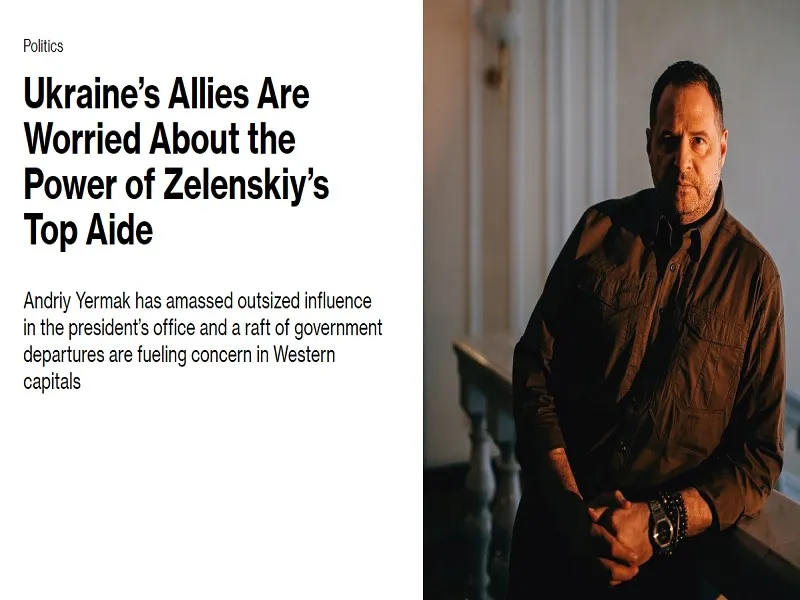
Bloomberg’s hit piece against Andrey Yermak suggests that the US at the very least wants to reduce his influence over Zelensky, likely with a view towards facilitating the resumption of peace talks per the latest signals that were just sent by the Ukrainian leader, which his chief of staff fiercely opposes.
Bloomberg published article on Friday titled “Ukraine’s Allies Are Worried About the Power of Zelenskiy’s Top Aide”, Andrey Yermak, who’s become the second most powerful person in the country over the past two and a half years and perhaps even more powerful than Zelensky according to some. They cited what’s portrayed as “a common quip among Ukrainians” to claim that “He’s not number one, but he’s not number two either”, thus reinforcing perceptions of him as Ukraine’s grey cardinal.
That’s not unfounded either since the article begins by describing him as “the sole gatekeeper to the president with a direct say in everything from foreign policy to military planning.” Additionally, “Yermak’s rise has been accompanied by the fall of many others near the top — a parliamentary speaker, a central bank governor and his predecessor as chief of staff among them — often at the hands of the top aide”. He also seems to revel in being the power behind the throne and wants everyone to know it.
As Bloomberg phrased it, “His social media profile is replete with one-on-one images of Yermak with Pope Francis, French President Emmanuel Macron and others — often with his boss nowhere in sight. A June 7 post on his Telegram channel showed Yermak shaking hands with US President Joe Biden, while Zelenskiy nearby greeted Secretary of Defense Lloyd Austin — a protocol reversal that triggered wry commentary in Kyiv.”
According to their sources, “The power dynamic is a serious matter for NATO allies and international donors — including the European Union and the International Monetary Fund — who have made transparency a benchmark condition for transferring funds.” They apparently worry that “any further tightening among Zelenskiy and his inner circle could sap energy for badly needed reforms — even measures to fight corruption and bolster the rule of law.”
The reality though is that there isn’t sincere concern about transparency and reforms in Ukraine, with this only being the pretext for pressuring Zelensky to not heed Yermak’s advice all that much anymore. That’ll be a challenge though since “He’s been central in every key wartime decision: replacing Zelenskiy’s top general, sourcing weapons supplies, negotiating security guarantees, overseeing prisoner swaps and — at the Swiss summit — winning over the Global South to Kyiv’s cause.”
In any case, this observation raises the question of why the West wants to drive a wedge between these two, whose relationship was compared by unnamed officials to a chief executive officer and chairman, with Yermak playing the first role and Zelensky the second. The context within which Bloomberg’s article was published, which included comments from Yermak himself per an interview that they just conducted with him, involves Ukraine’s latest signals that it might be semi-serious about resuming peace talks.
Foreign Minister Dmitry Kuleba visited Beijing in late July and then Kiev Mayor Vitaly Klitschko speculated that Zelensky might put the issue of territorial compromises with Russia up to a referendum, both of which were correspondingly analyzed here and here. Zelensky then tacitly confirmed Klitschko’s speculation in an interview with French media last week when he wouldn’t rule out a referendum after saying that the people’s will is required to change the constitution in order to allow such a scenario.
Yermak would be against that though since Bloomberg mentioned that “[his] more recent diplomatic foray has been as the architect of Ukraine’s peace blueprint, which aims to bring allies outside the West on board with Kyiv’s demands to end the war before a negotiation process with a more isolated Russia begins.” Holding a referendum on territorial compromises with Russia and then formally acknowledging the cession of Ukrainian land if it passes would represent the failure of everything that he worked for.
This isn’t conjecture either since Bloomberg reported that “The encounters with Kremlin officials (during his time as Ukraine’s chief negotiator in the Minsk process) earned Yermak a reputation for taking uncompromising positions in the diplomatic process, often viewing the world in black and white, according to people familiar with the discussions with Russian officials.” Simply put, he’s a radical ideologue, and such people are impossible to negotiate with since they flat-out refuse to compromise.
Given his enormous ego as proven by the photos that he shares of himself with world leaders, “often with his boss nowhere in sight” as Bloomberg reminded everyone, it’s possible that he might try to sabotage this process up to the point of potentially trying to replace Zelensky. Regardless of whether or not he tries that, it’s unlikely that he’d let his legacy be lost without going down fighting, and he could cause all sorts of trouble if he really wants to such as encouraging a Neo-Nazi revolt for example.
With this in mind, if the US is finally warming up to the scenario of Ukraine resuming peace talks with Russia as seems to be the case, then it follows that they’d want to preemptively neutralize Yermak’s meddling capability. To that end, it makes sense for unnamed official sources to contribute to a hit piece against him in collaboration with Bloomberg so as to pressure Zelensky into not heeding his advice all that much anymore, particularly regarding any second thoughts that he might have about a referendum.
As “the sole gatekeeper to the president”, who’s so close to Zelensky that he “even used to join the couple on overseas holidays before the war”, his views on the matter can make all the difference. He’s won’t agree to this though since he’s “the architect of Ukraine’s peace blueprint” so that’s why the US is gently making its move ahead of time in order to seed the information space with speculation about his true intentions. This includes implying that he wants to replace Zelensky or already believes that he has.
If Zelensky quietly stops talking about a referendum or starts aggressively pushing back against such proposals, then that would be proof of Yermak’s pernicious influence, let alone if this coincides with another purge that strengthens his position even more than it already is by removing pragmatic figures. As was hinted by Bloomberg, this could be exploited as the pretext for more openly pressuring Zelensky on the grounds that it creates an unfriendly environment for transparency and reforms.
These false bases could then justify withholding debt relief from Ukraine as it approaches bankruptcy, the state of which might be reached sooner than later after Zelensky just passed a law suspending payments to Western creditors for two months in order to avoid defaulting. Money talks, and Ukraine needs it more than ever, so that could be held above his head to get him to go through with holding a referendum in spite of Yermak’s resistance (provided that the West is truly ready for peace, that is).
It's too early to predict exactly what might happen as regards the timing and details of the aforementioned scenario, but it’s no small matter that a Western Mainstream Media outlet as influential as Bloomberg just published a hit piece about Yermak with all the unsavory details that it included. This strongly suggests that the US at the very least wants to reduce Yermak’s influence over Zelensky, likely with a view towards facilitating the resumption of peace talks, which he fiercely opposes.
https://korybko.substack.com/p/is-zelen ... f-the-last
Andy, you chump, do you not realize that without mention of the Nazis who threatened to Kill the Clown were he to make peace or anything close to it that all you are doing is carrying water for the US?
Where's them pics of Nuland cavorting with those Right Sector bastards?

